The Grotto of the Redemption Father Paul M. Dobberstein (1872-1954)
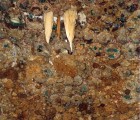
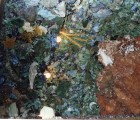
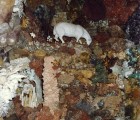
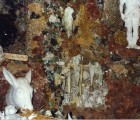
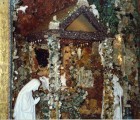
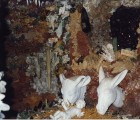
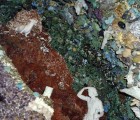
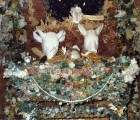
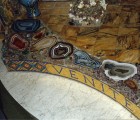
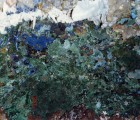
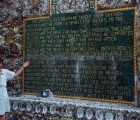
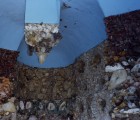
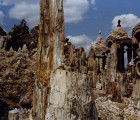
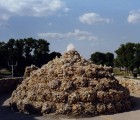
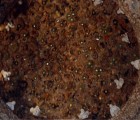
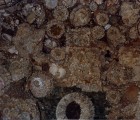
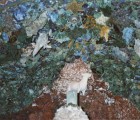
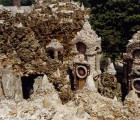
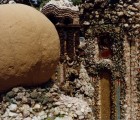
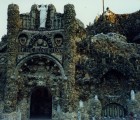
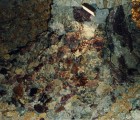
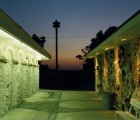
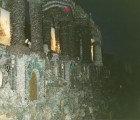
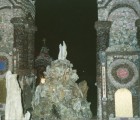
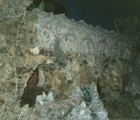
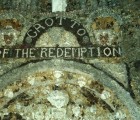
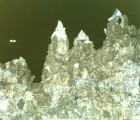
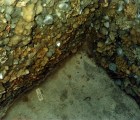

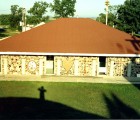
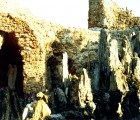
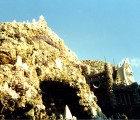
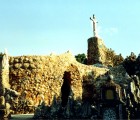
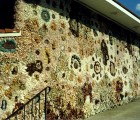
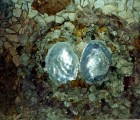
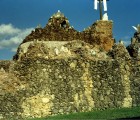
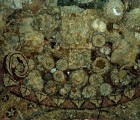
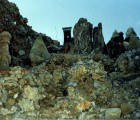
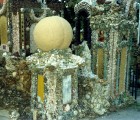
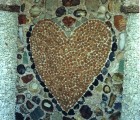
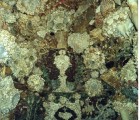
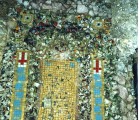
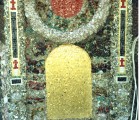
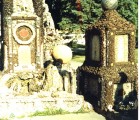
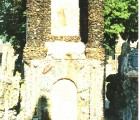
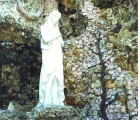
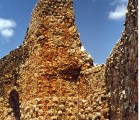
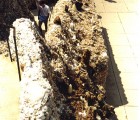
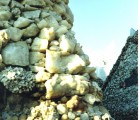
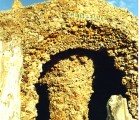
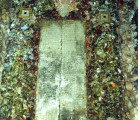

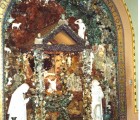
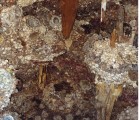
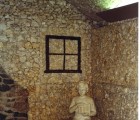
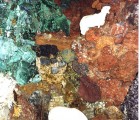
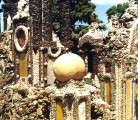
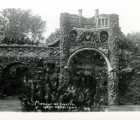
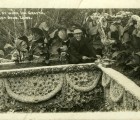
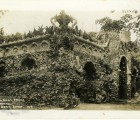
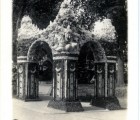
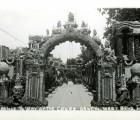
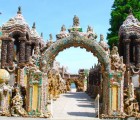
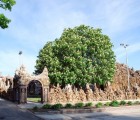
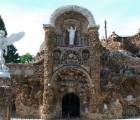
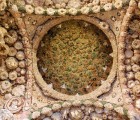
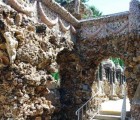
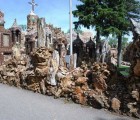
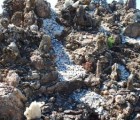
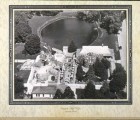
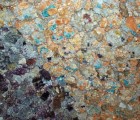
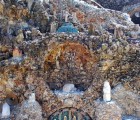
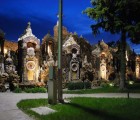
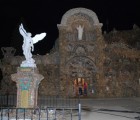
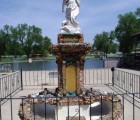
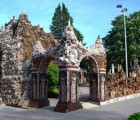
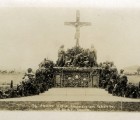
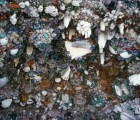
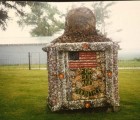
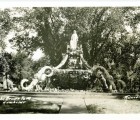
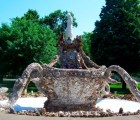
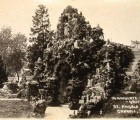
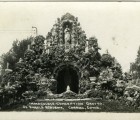
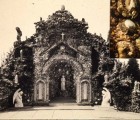
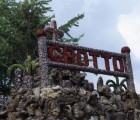
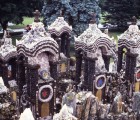
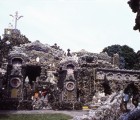
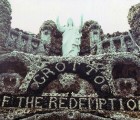
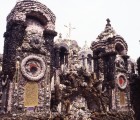
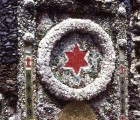
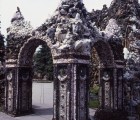
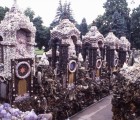
Extant
300 North Broadway Avenue, West Bend, IA, 50597, United States
1912-1954
The Grotto of the Redemption is open year round to the public. It is lit at night until 10:00pm and has music playing throughout. During the winter, the Grotto is open with limited walkways. Grotto Tours are given on the hour every hour May-October May, September-October the first one starts at 10am, the last one starts at 4pm. June-August the first one starts at 10am, the last one starts at 5pm.
About the Artist/Site
West Bend, Iowa was the birthplace of the embellished concrete grotto environment in the Upper Midwest. Beginning in 1912, using concrete, which had recently been made available on a nonindustrial scale, immigrant priest Paul Dobberstein began his lifelong project, building Catholic devotional grottos and a few civic works in Iowa and elsewhere in the region.
Dobberstein was born in 1872 in Rosenfeld, Germany. He was educated at the University of Deutsche-Krone before emigrating to America in 1893, to study for the priesthood at St. Francis Seminary in St. Francis (now Milwaukee) Wisconsin. Dobberstein had a liberal education, becoming fluent in six languages and attaining a practical knowledge of the mineral world. His destiny as a grotto builder began with a spiritual commitment, which he made as a student. Suffering from a severe case of pneumonia shortly before his ordination, Dobberstein promised to erect a shrine to the honor of the Blessed Virgin, should she intercede on his behalf. Building a grotto would have been an appropriate form of tribute, and a small stone grotto in honor of Our Lady of Lourdes, built at St. Francis Seminary and dedicated in1894, is attributed to Dobberstein. He survived his illness and in 1898, shortly after his ordination, he was assigned to Saints Peter and Paul Church in West Bend, Iowa. He first built a parochial school, which attracted people to the town and served farm families in the extended area by boarding children during the week. He soon purchased more property adjacent to the church and excavated a lake, and by 1901 Dobberstein began to stockpile fieldstone, rocks, and boulders on a scale that must have caused his parishioners to marvel. He and his helpers then began to dig an enormous hole. At twenty feet deep, this footing prefigured the scope of Dobberstein’s vision for the grotto he would build to satisfy his promise to the Virgin Mary.
Having filled his monumental footing with carefully washed rocks and countless loads of concrete, Dobberstein began work on the grotto proper in 1912. What began as a shrine to fulfill a sacred pledge developed into a life-long endeavor. Dobberstein was a connoisseur of fine minerals, and his vision for the grotto demanded an enormous quantity and variety of select stones and rocks, which required finding, excavating, and transporting many truckloads and train-car loads of geological treasures from various distant sources to West Bend.
For 42 years Dobberstein worked on a labyrinthine complex of glistening devotional structures that illustrate the story of the Redemption, from the Fall of Man to the Resurrection. An amalgamation of architectural styles and amorphous forms, encased in concrete and extravagantly encrusted, make up the framework of the grotto. Contrasting with the richly textured amorphous forms of the grotto and plantings are many examples of traditional religious statuary, commissioned and carved in Carrara marble by Italian sculptors.
During his four decades at work on the Grotto of the Redemption, Dobberstein accepted a number of commissions. He built three embellished concrete structures for civic spaces in the region: a large memorial fountain in John Brown Park in Humboldt, IA, a war memorial in Pocahontas, IA, and an encrusted flagpole base with the words IN MEMORY OF OUR SOLDIERS in Parkston, SD. The popularity of the Grotto of the Redemption and the growing tide of Catholic and popular interest in the grotto form also led to commissions for six religious grottos, built for Catholic churches, convents, and one cemetery. By prefabricating panels of rosettes and other components, Dobberstein and his assistant, Matt Szerensce, could create components in the workshop in West Bend, which were later transported and erected on location.
About thirty-five miles north and east of West Bend, Dobberstein created a rock and embellished concrete setting for marble statuary of the Crucifixion Group in the cemetery of St. Joseph’s Catholic Church, in Wesley, IA (this work is extant). In 1935 Dobberstein was invited by the La Salette Fathers to build a mountain-style grotto for the interior of the Sacred Heart Church, a converted cartridge factory building in Sioux City, IA (presumed extant). From 1923 to 1929 Dobberstein worked on the Immaculate Conception Grotto on the grounds of the St. Angela Academy in Carroll, IA, devising a formula for creating small, above-ground grottos that combined an archetypal cave-like interior contained within a miniature mountain form. (This grotto was dismantled [date unknown] and its components were returned to West Bend, where some parts were incorporated into the Grotto of the Redemption by Father Louis Greving, Dobberstein’s colleague and successor.)
Dobberstein created three grottos along both sides of the Mississippi River in Iowa and Wisconsin: the Grotto of the Holy Family, slightly east of La Crosse, Wisconsin, for the Franciscan Sisters at St. Joseph’s Ridge (extant); the Holy Family Grotto at Mount St. Francis Convent in Dubuque, Iowa (extant); and the Grotto of the Blessed Virgin, at the St. Rose Convent, La Crosse, WI. (This grotto was dismantled c. 1994; its components were returned to West Bend and some parts were incorporated into the museum and gift shop at the Grotto of the Redemption.)
By 1946, when the St. Rose Grotto was nearing completion, Dobberstein was seventy-four. Father Louis Greving was sent to West Bend to assume Dobberstein’s clerical duties, as well as to assist with the ongoing building project. Dobberstein worked with Father Greving and Matt Szerensce on the Grotto of the Redemption for another eight years. In July of 1954, after forty-two years as priest, spelunker, and grotto builder extraordinaire, Father Dobberstein died, passing the torch to Matt Szerensce and Father Greving. Though he fully believed in the radiating spiritual power of his work, he may never have imagined the magnitude of his influence. The Grotto of the Redemption is known to have been a source of inspiration for both the Dickeyville Grotto and Madeline Buol’s grotto works. The Paul and Matilda Wegner Grotto and Nick Engelbert’s Grandview are known to have been inspired by the Dickeyville Grotto, as were embellished concrete works by Jacob “Jake” Baker and Fred Schultz. The environments of Fred Smith, Mollie Jenson, and Herman Rusch have also been tied to the regional tradition of embellished concrete yard environments.
Matt Szerensce continued to work on the grotto until his retirement in 1959, and Father Greving continued to expand the Grotto of the Redemption, adding more grotto structures, a souvenir shop, a rock studio, and a museum.
The Grotto of the Redemption was listed in the National Register of Historic Places in 2001. In 2010 a preservation plan was commissioned and conservation projects have intermittently taken place since.
~Lisa Stone and Jim Zanzi
Bibliography
Beardsley, John. Gardens of Revelation: Environments by Visionary Artists. New York: Abbeville Press, 1995.
Hutchinson, Duane. Grotto Father: Artist-Priest of the West Bend Grotto. Lincoln, NE: Foundation Books, 1989.
Stone, Lisa, and Zanzi, Jim. Sacred Spaces and Other Places A Guide to the Grottos and Sculptural Environments of the Upper Midwest. Chicago: The School of the Art Institute of Chicago Press, 1993.
Contributors
Materials
Concrete, rock, minerals, Italian glass tile
SPACES Archives Holdings
1 folder: clippings, correspondence, pamphlets, ephemera, images
Related Documents
Map & Site Information
300 North Broadway Avenue
West Bend, IA, 50597
us
Latitude/Longitude: 42.9640075 / -94.4448815
Nearby Environments


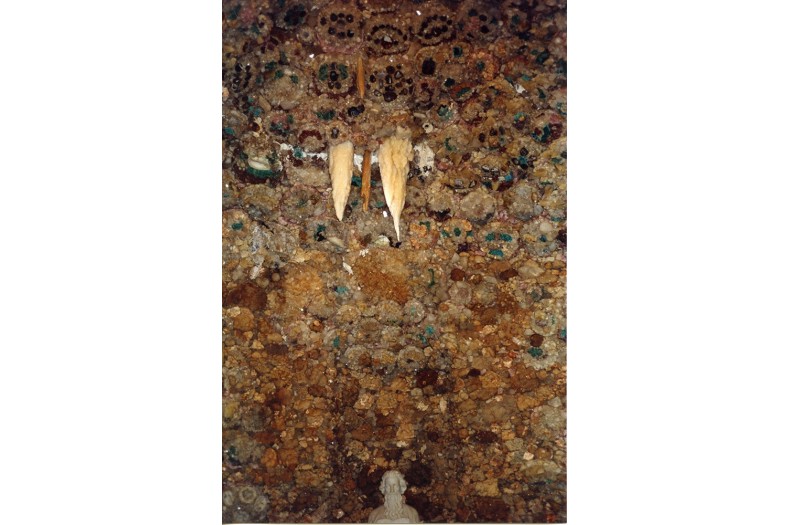
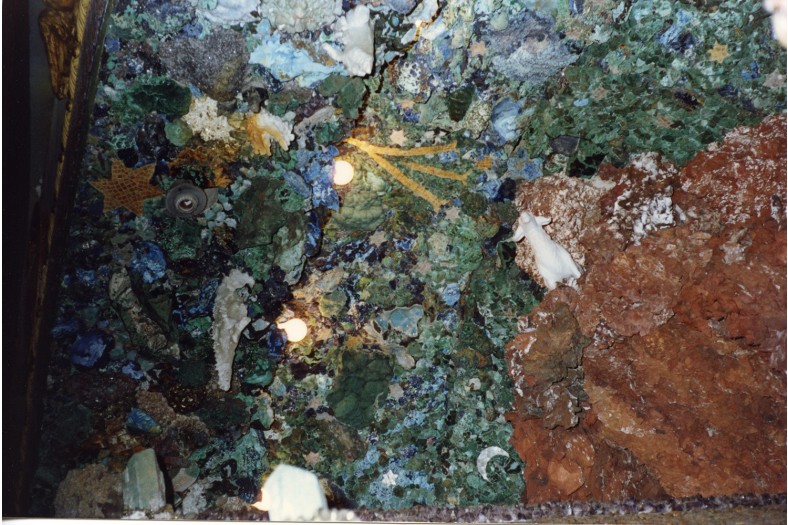
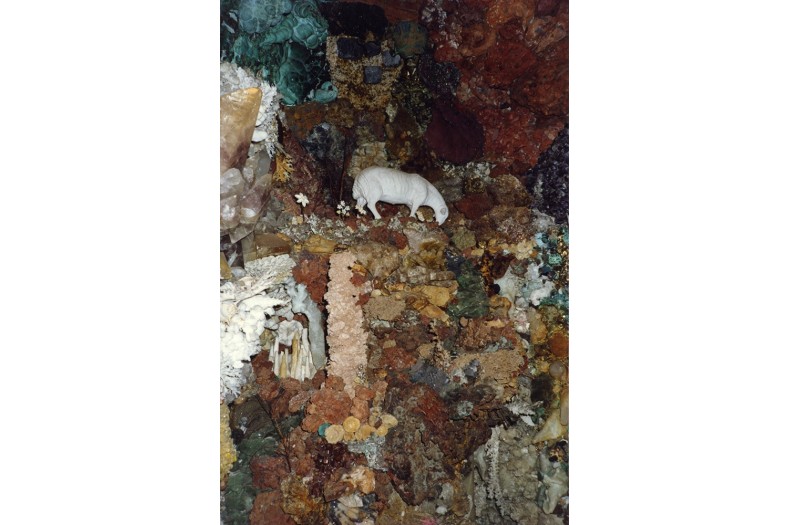
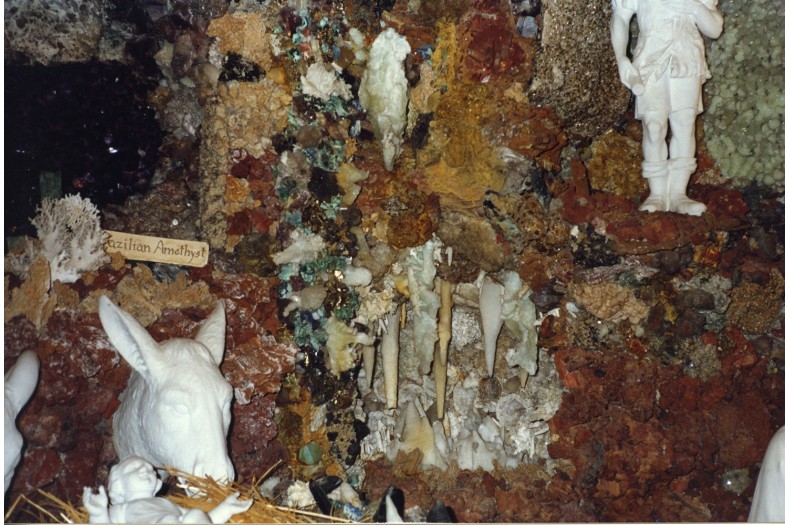
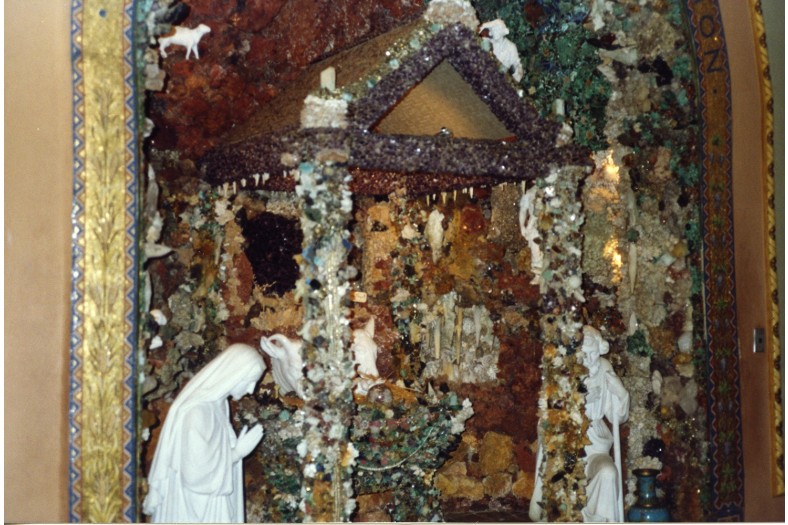
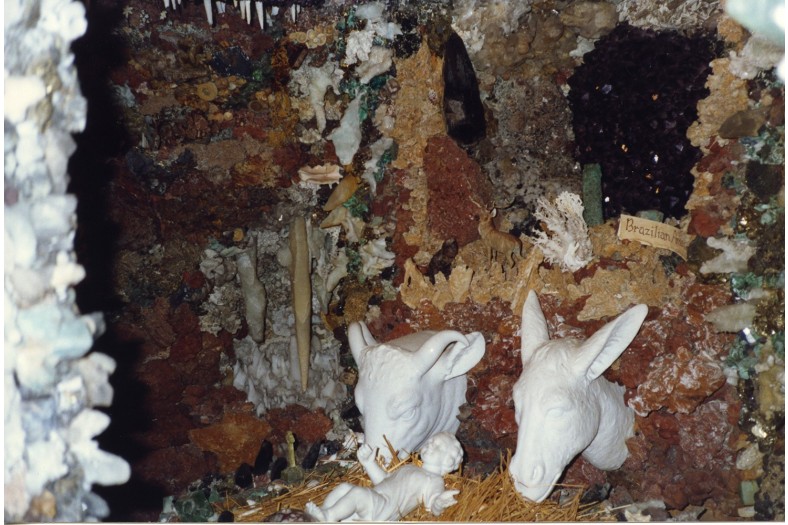
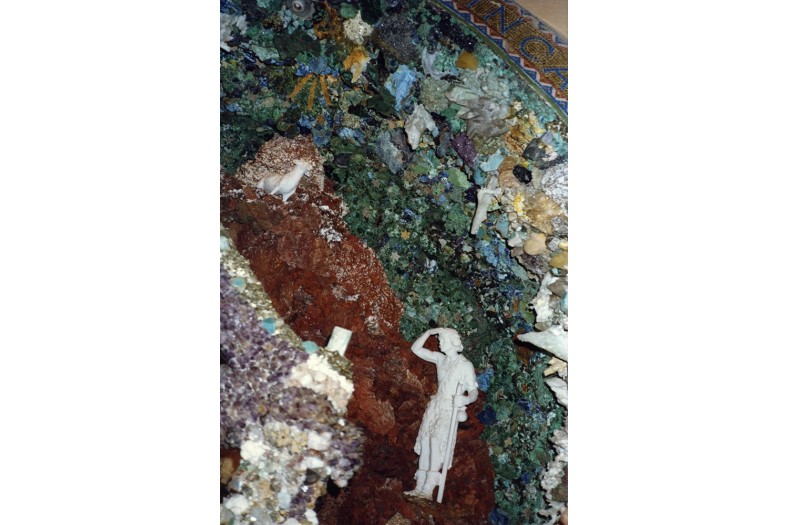
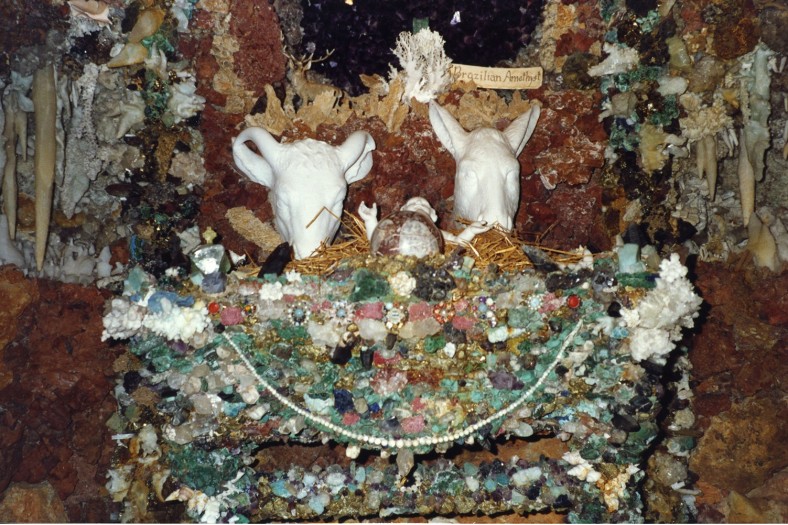
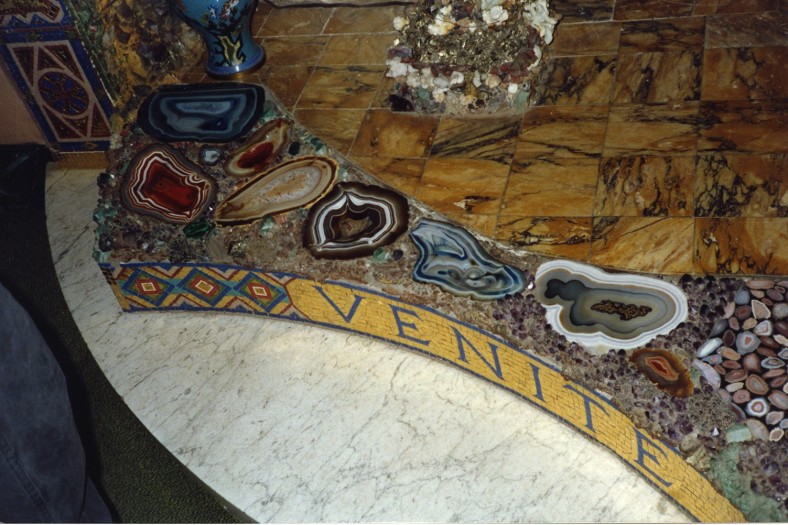
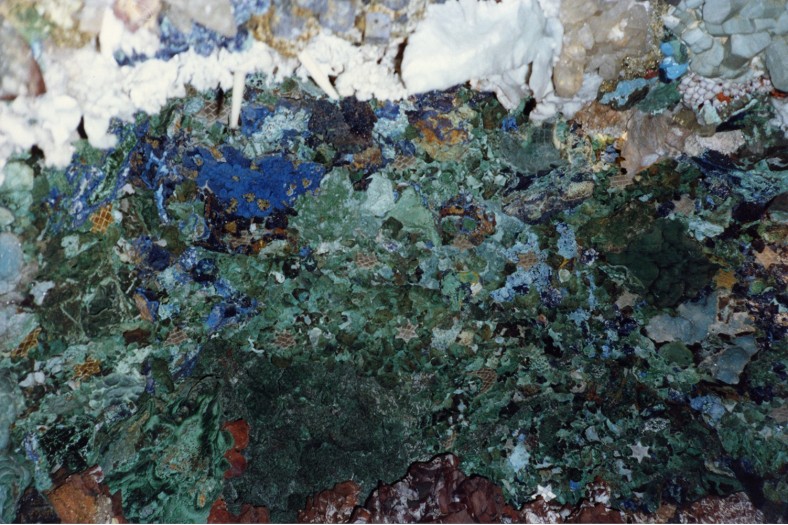
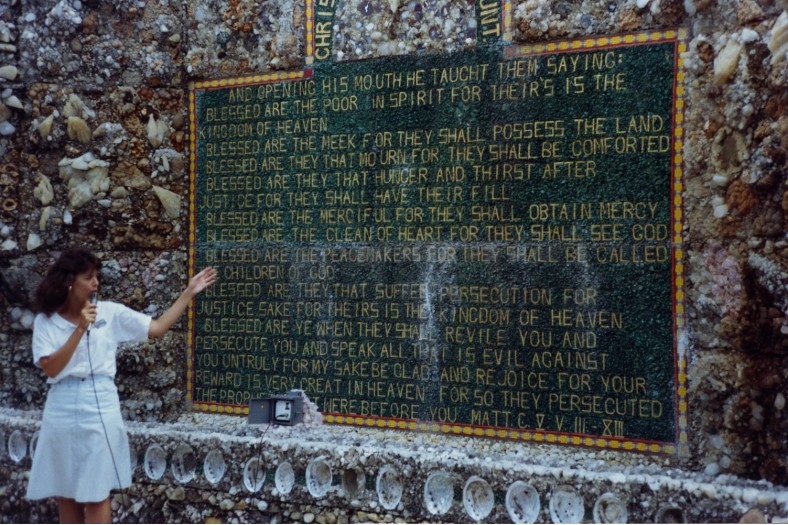
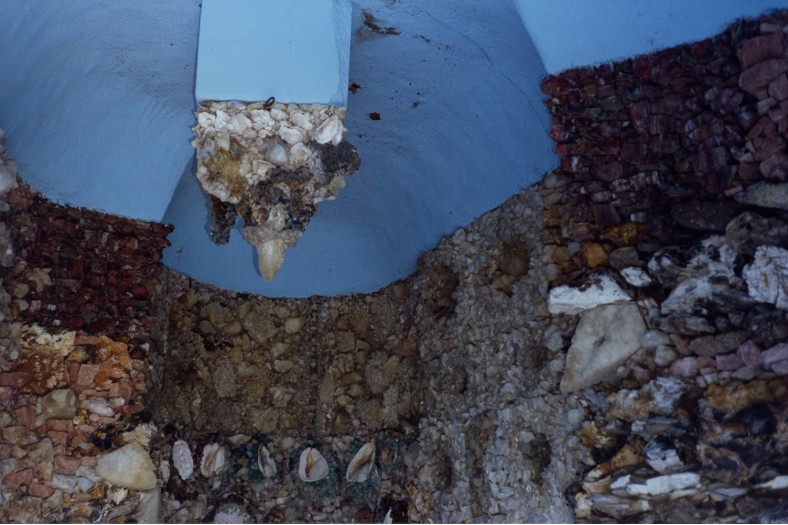
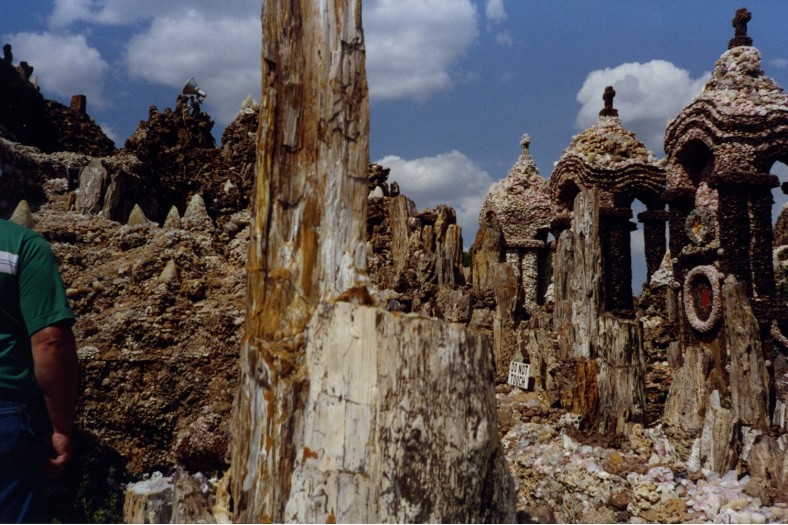
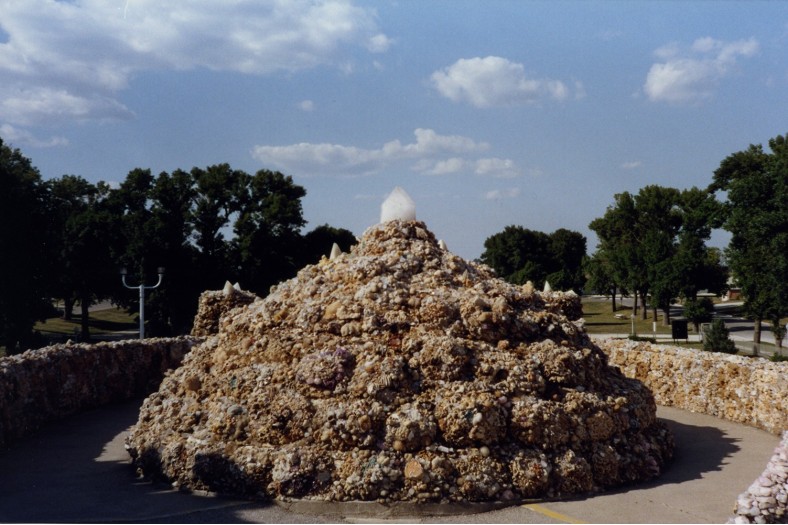
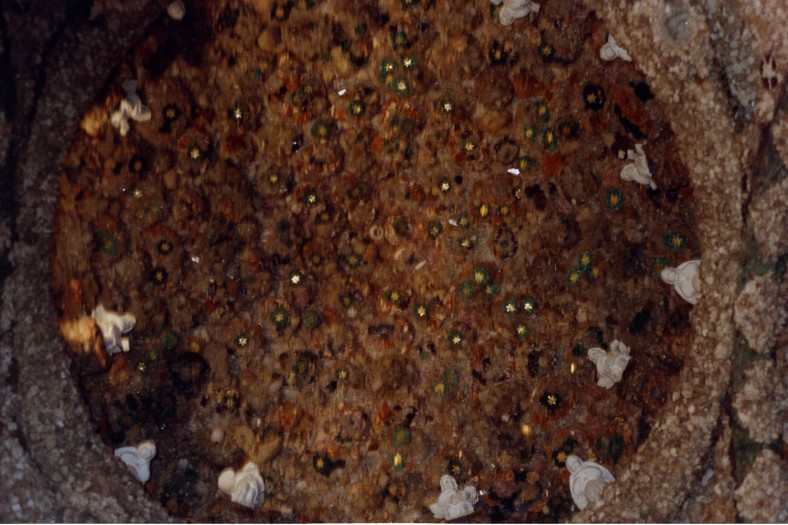
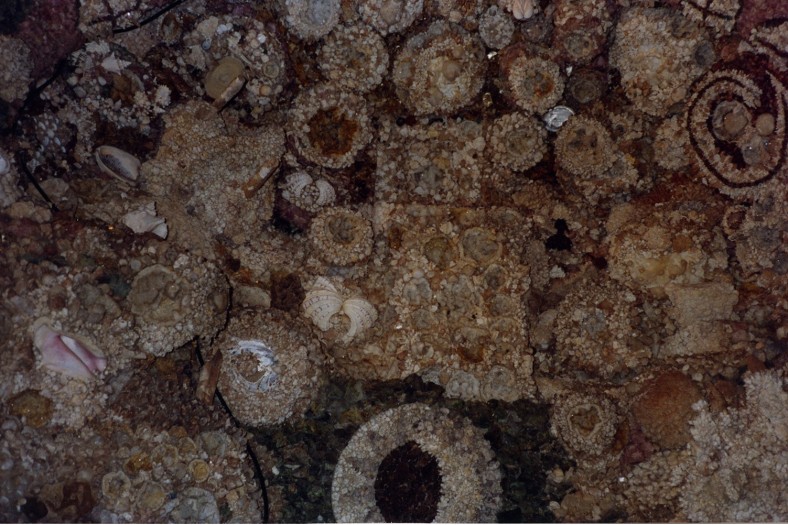
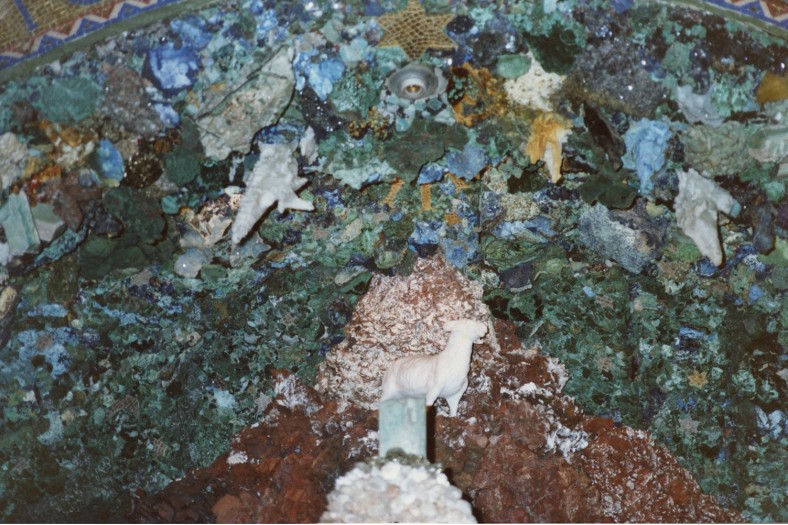
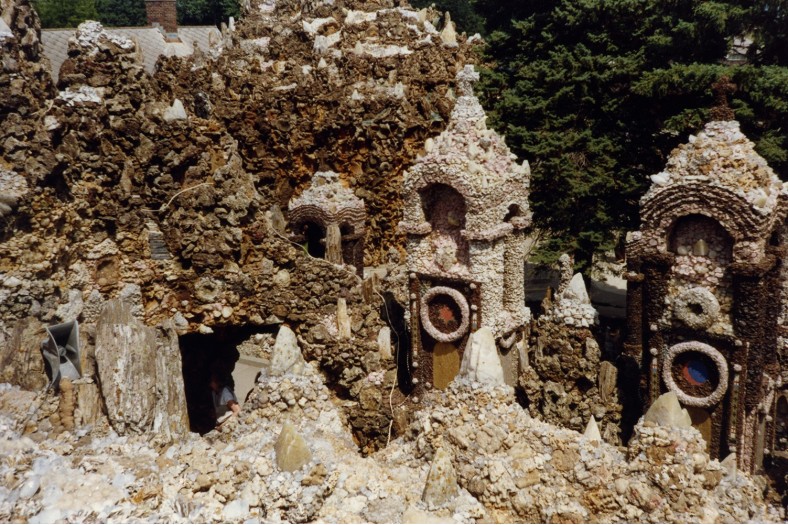
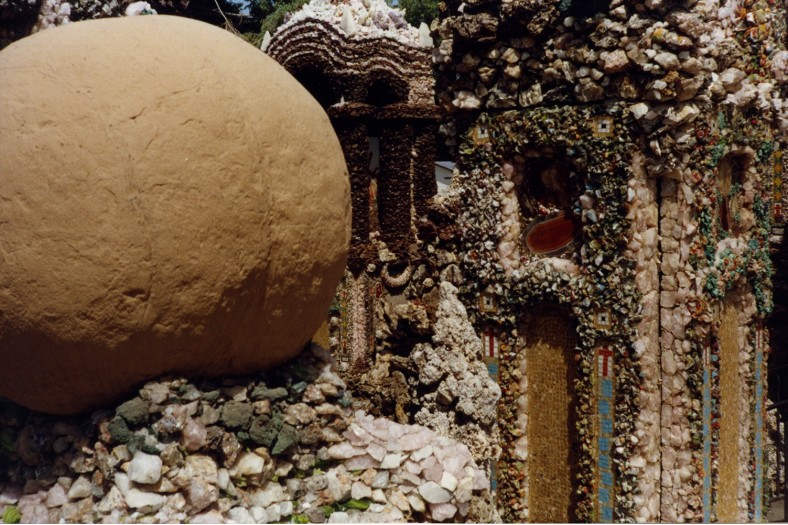
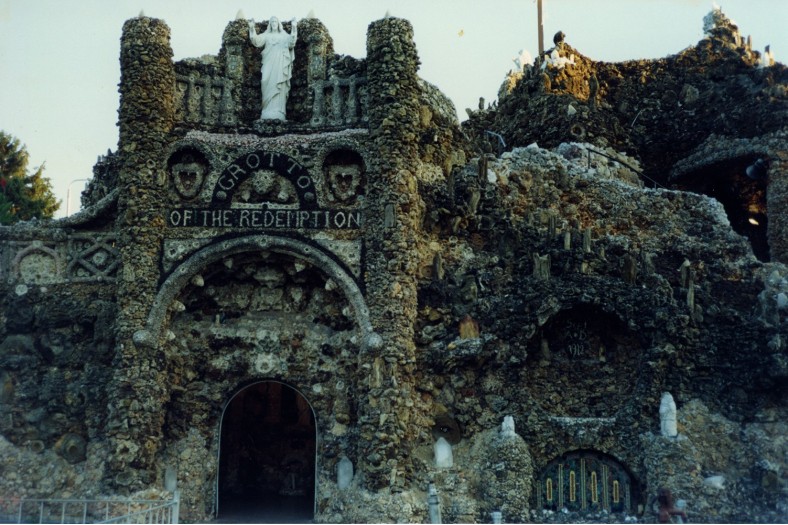
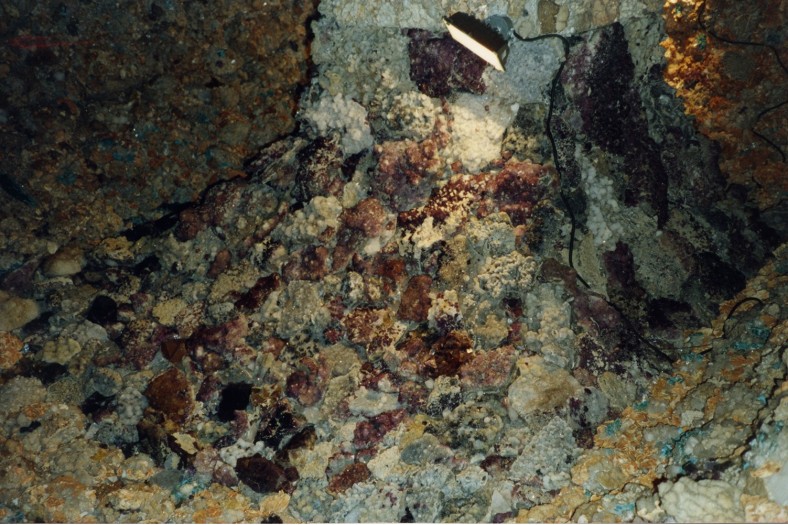
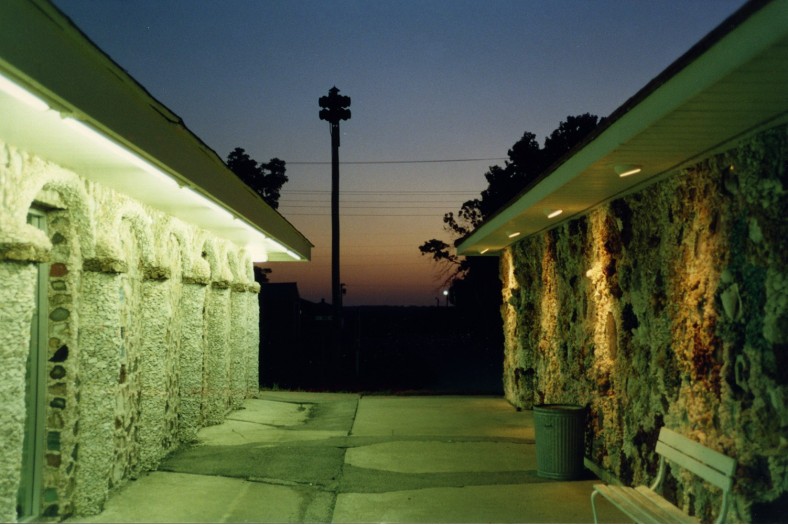
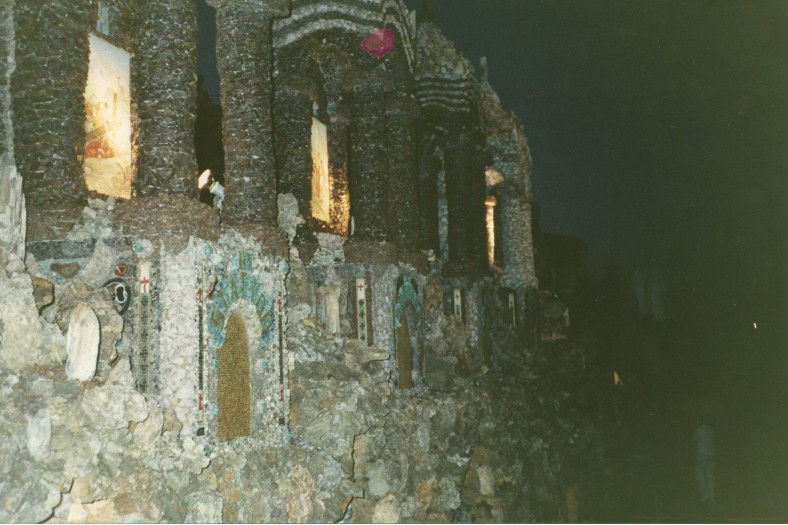
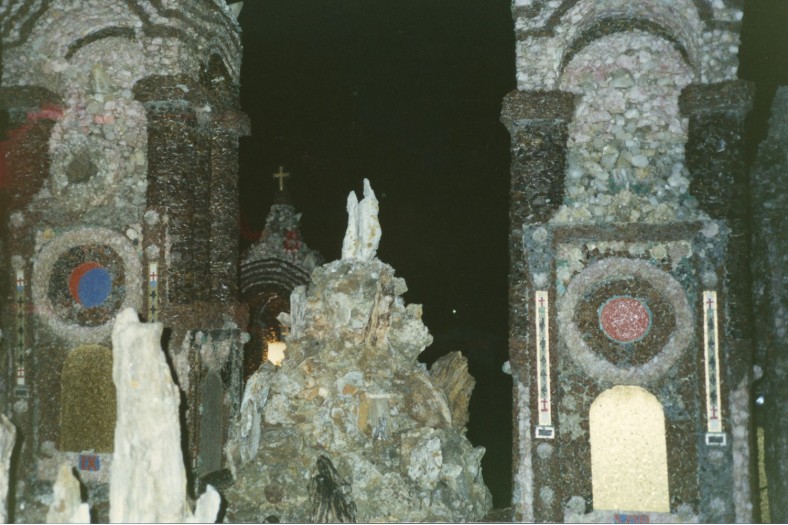
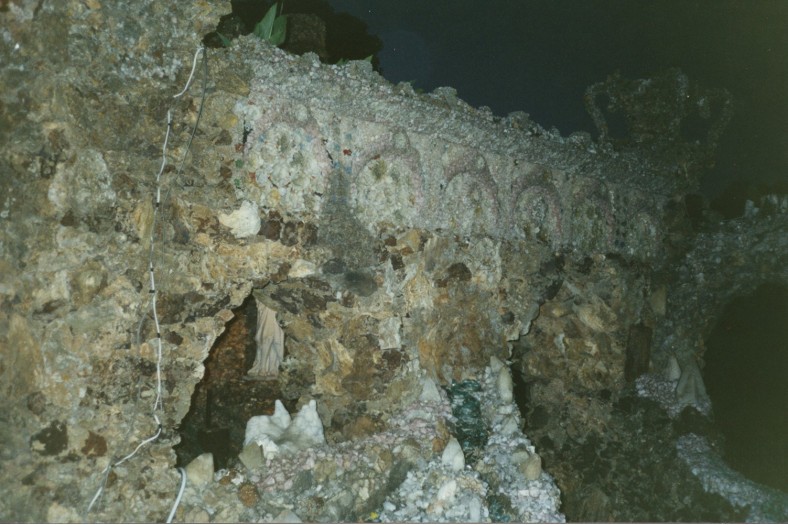
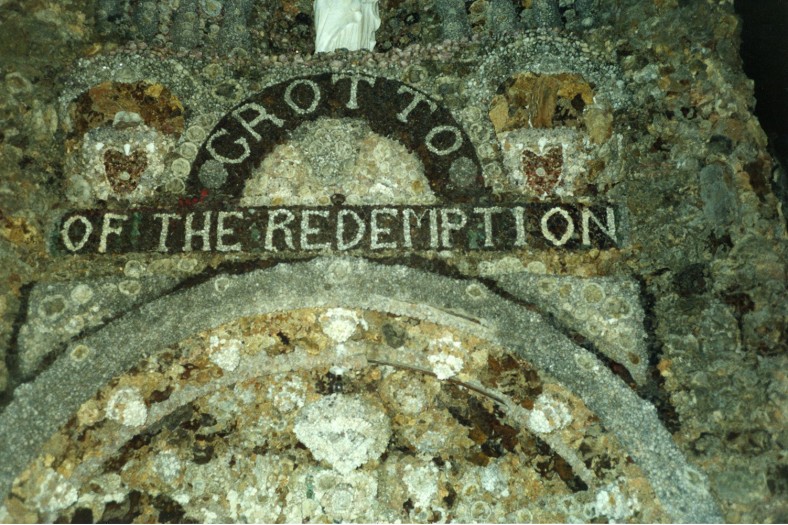
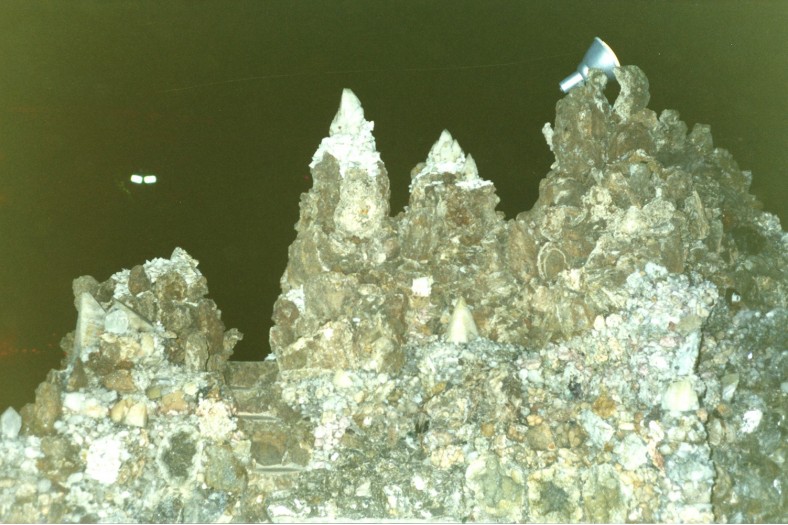
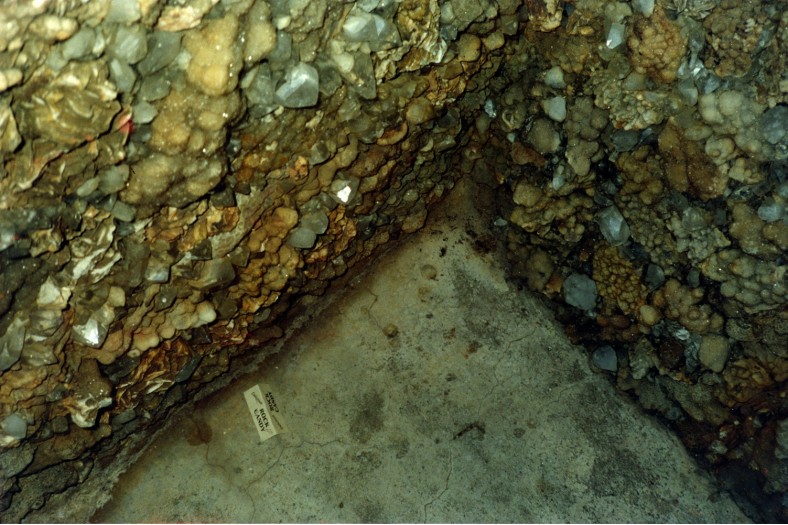
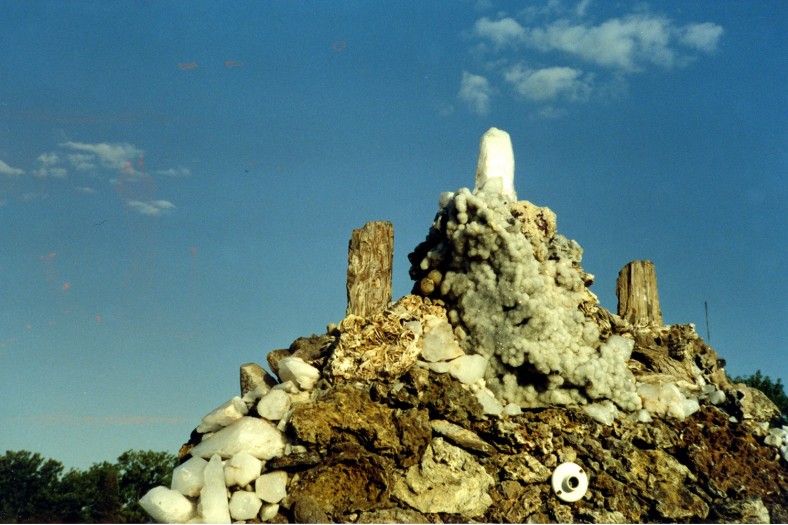
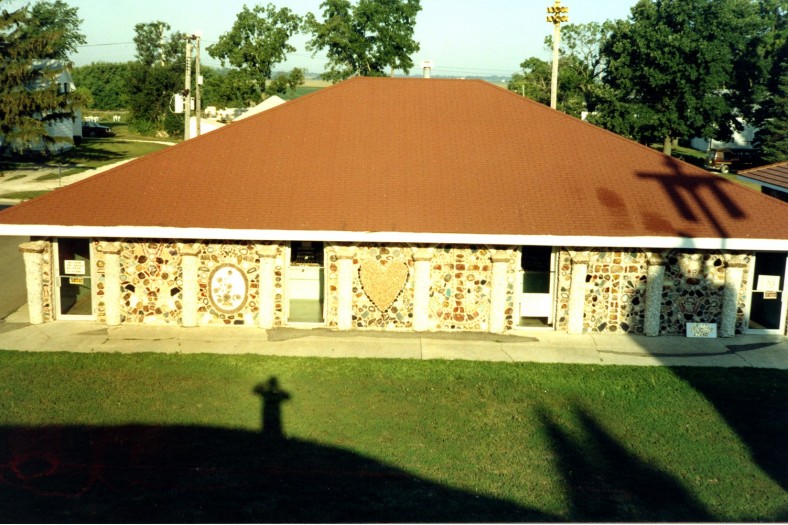
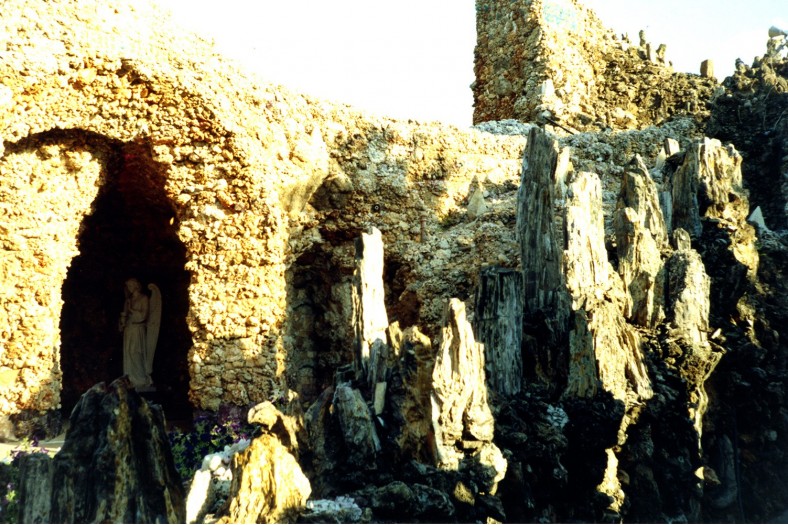
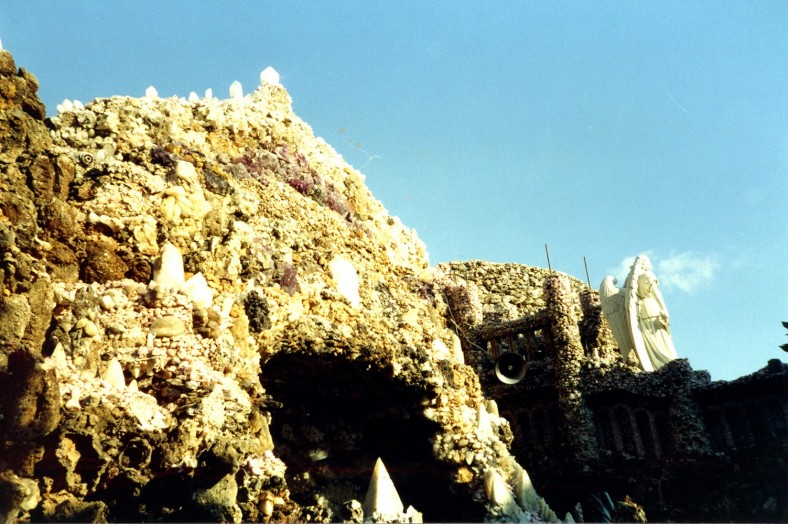
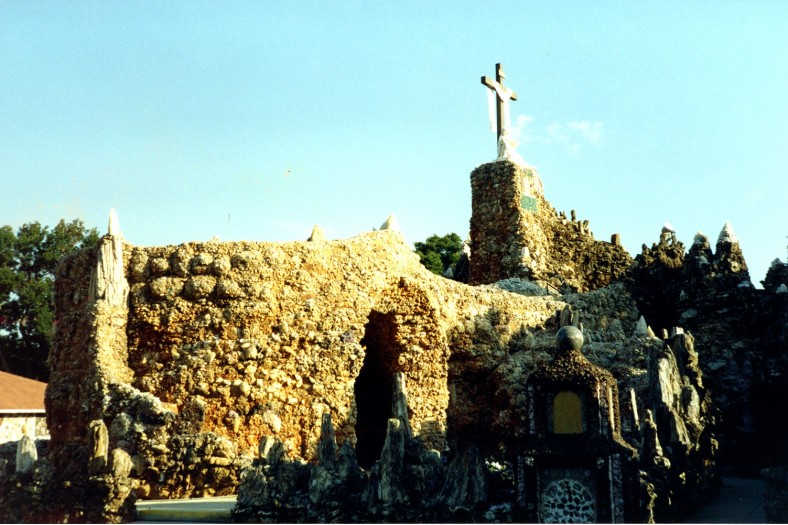

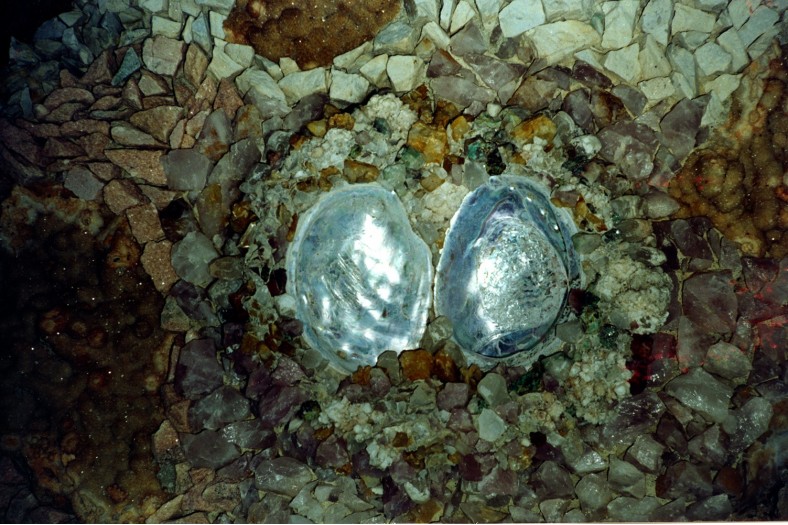
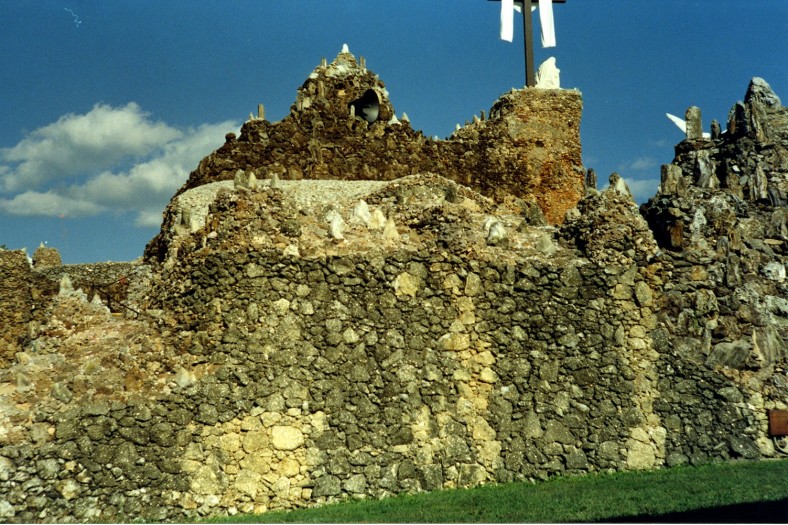
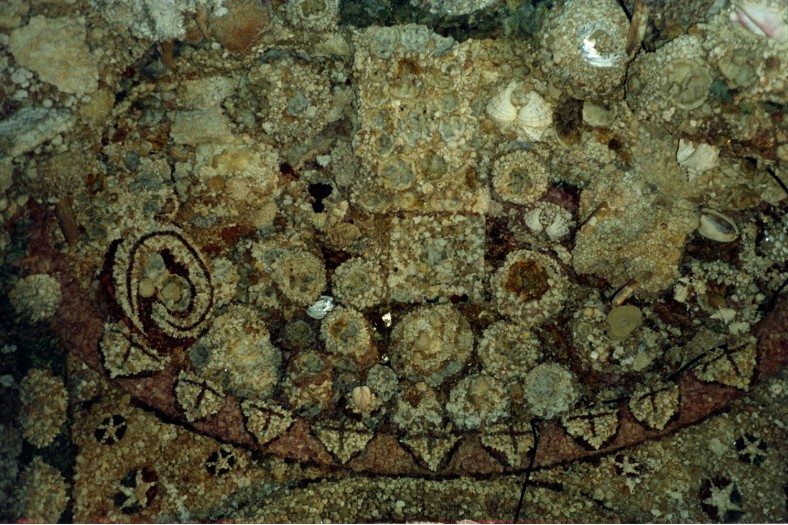
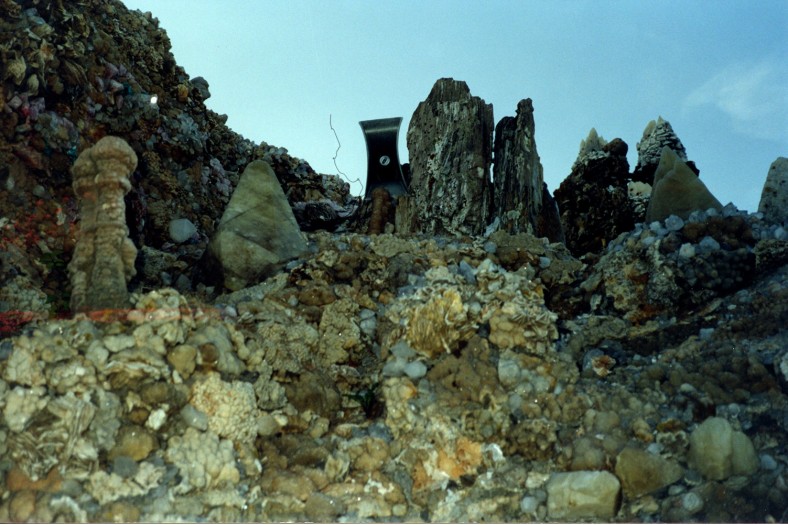
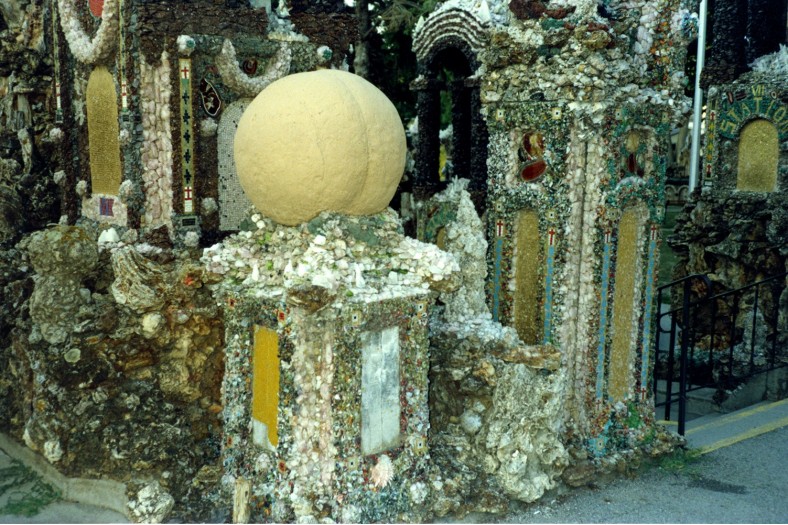
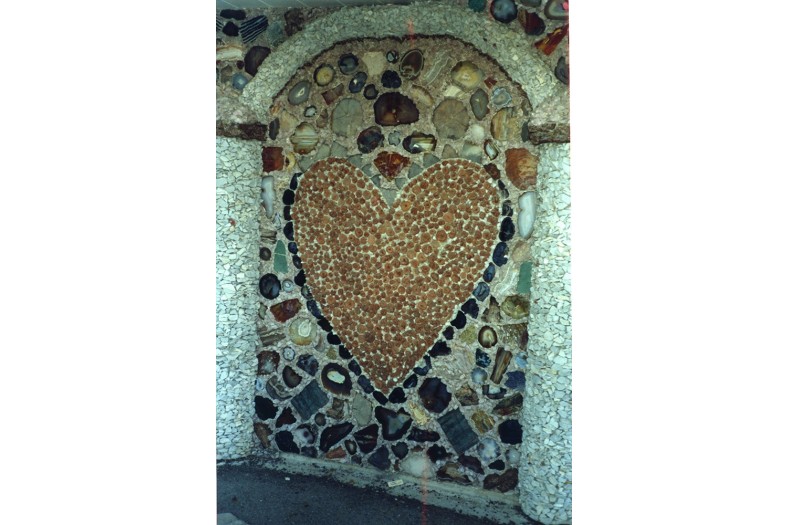
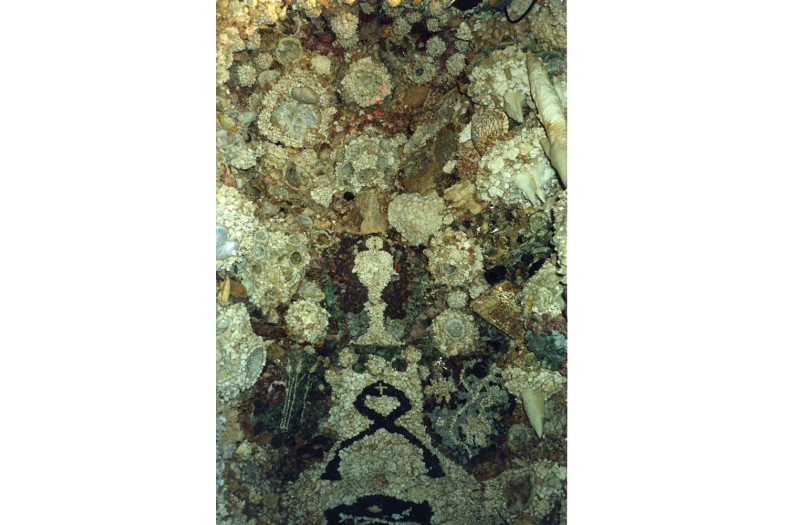
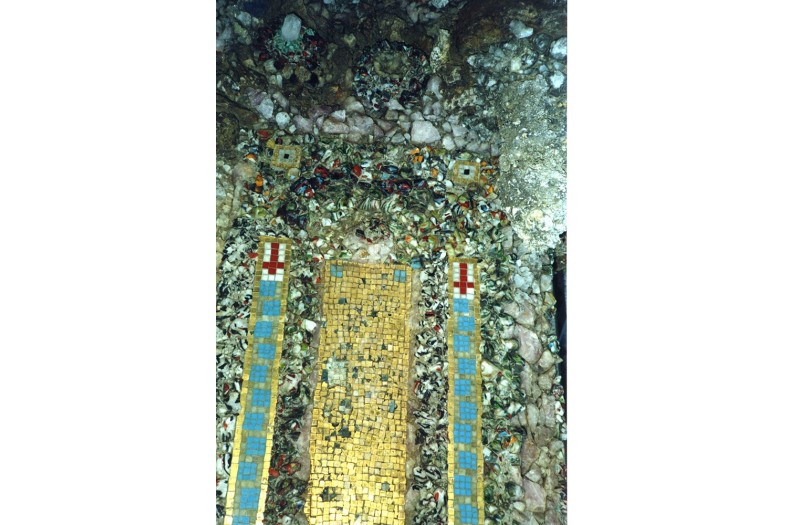
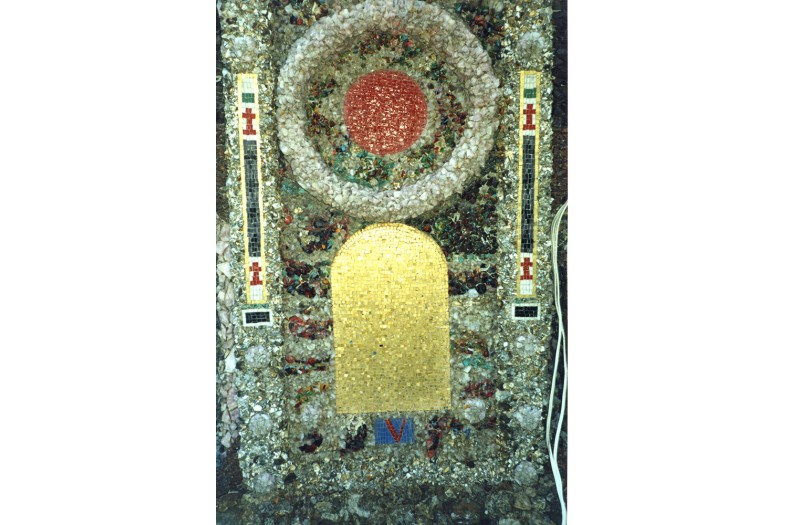
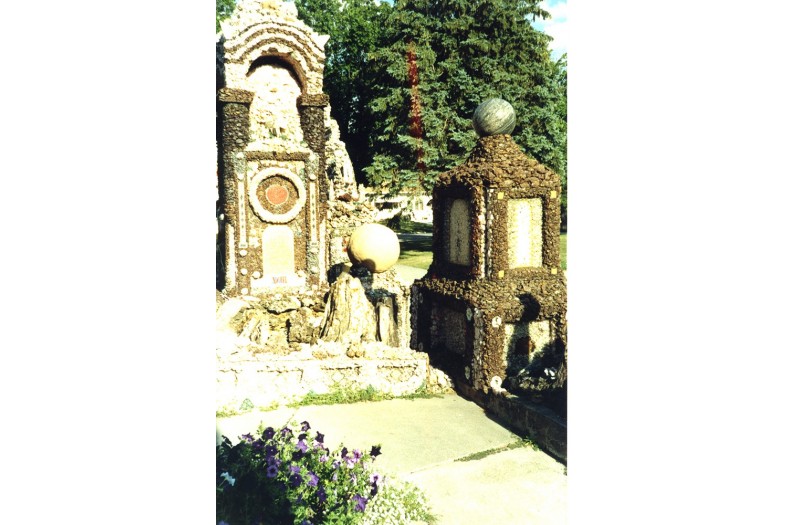
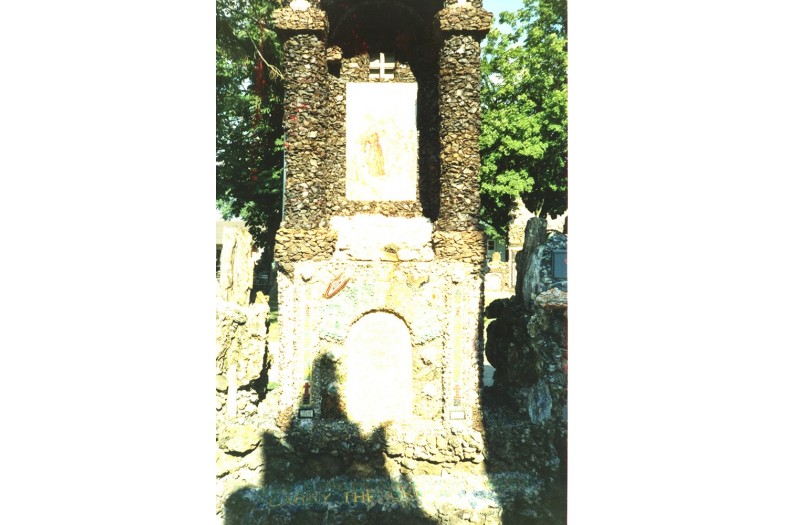
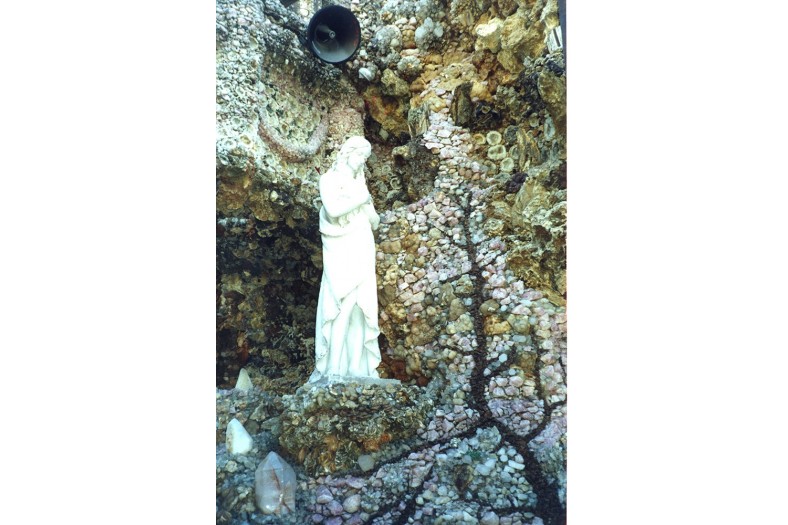
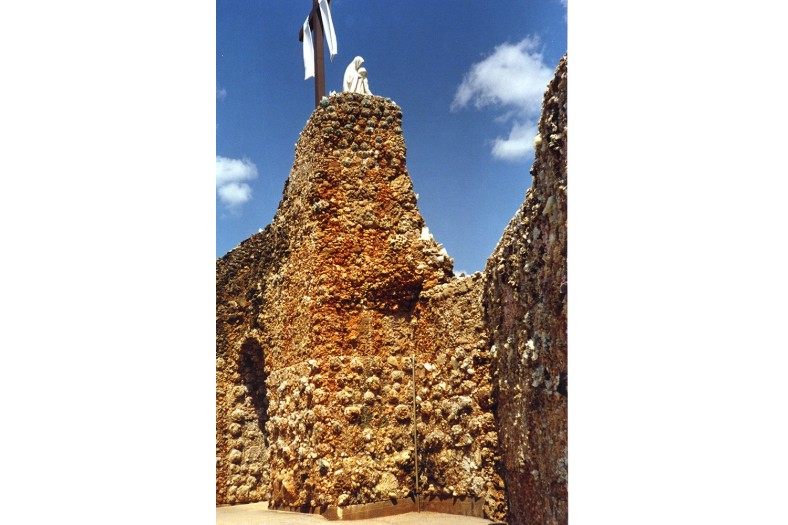
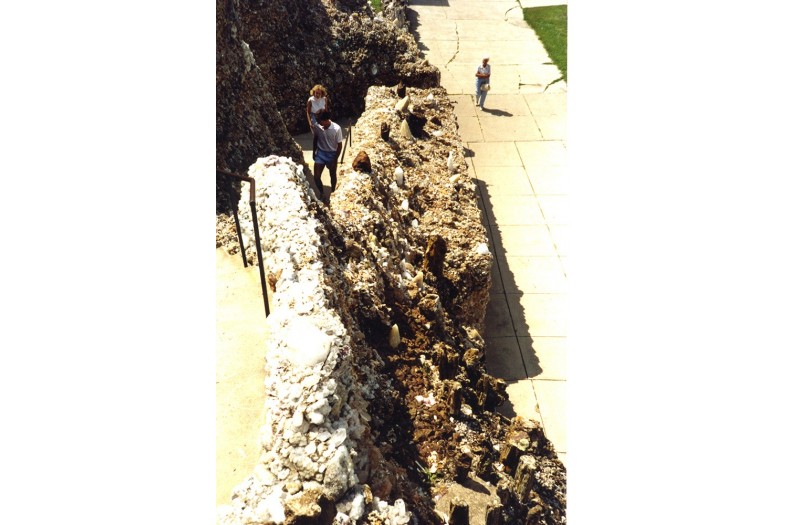

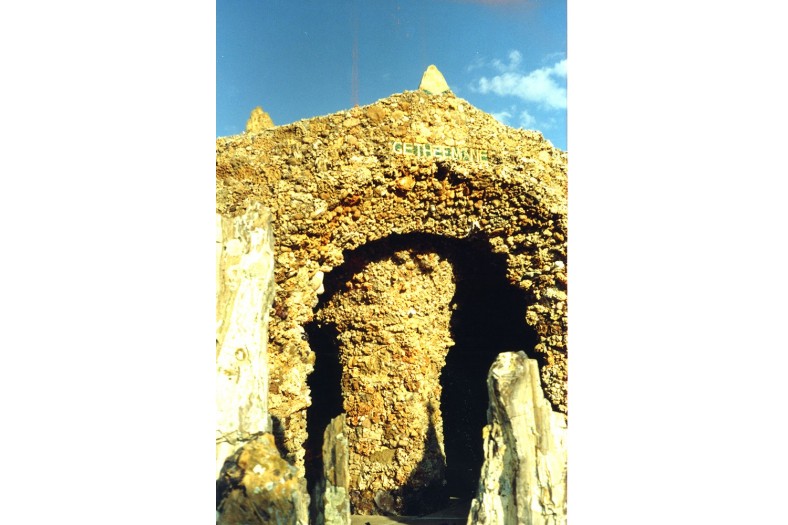
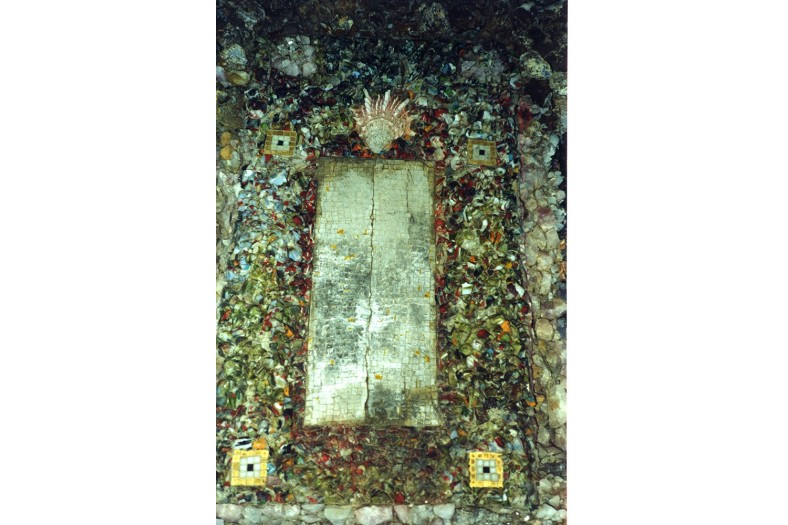
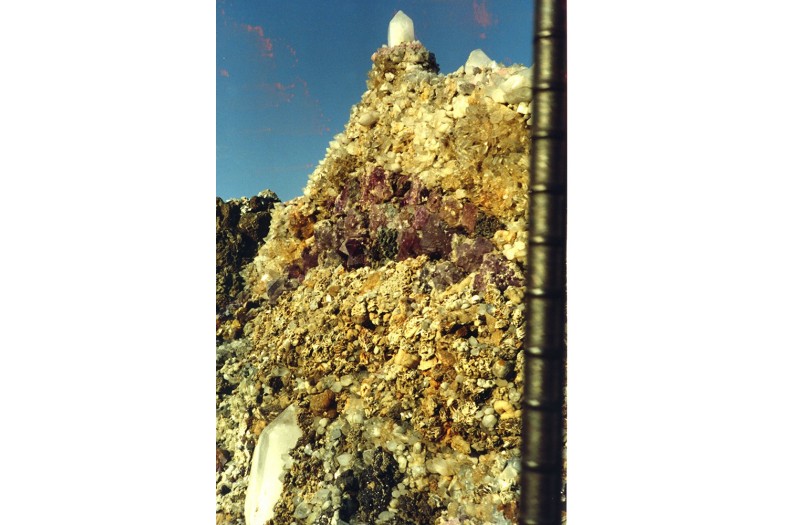
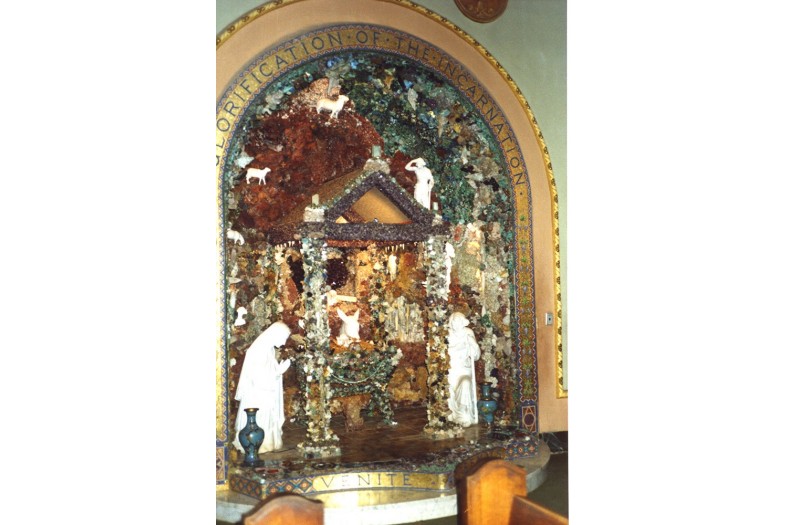
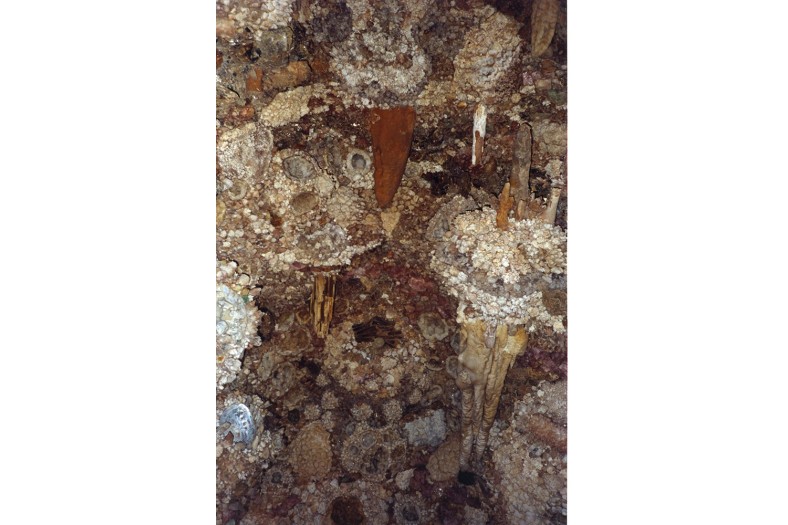
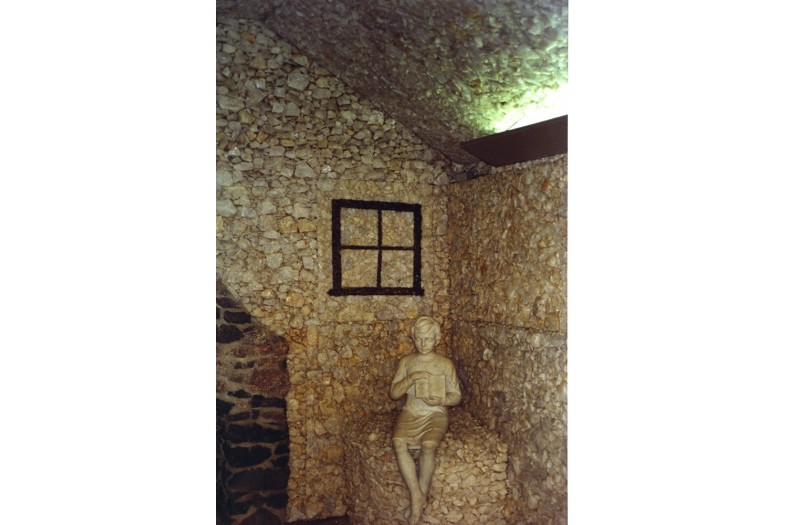
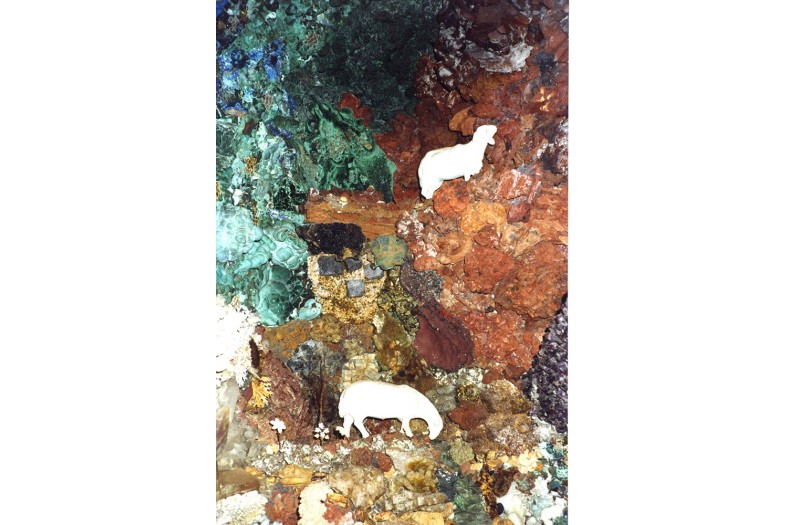
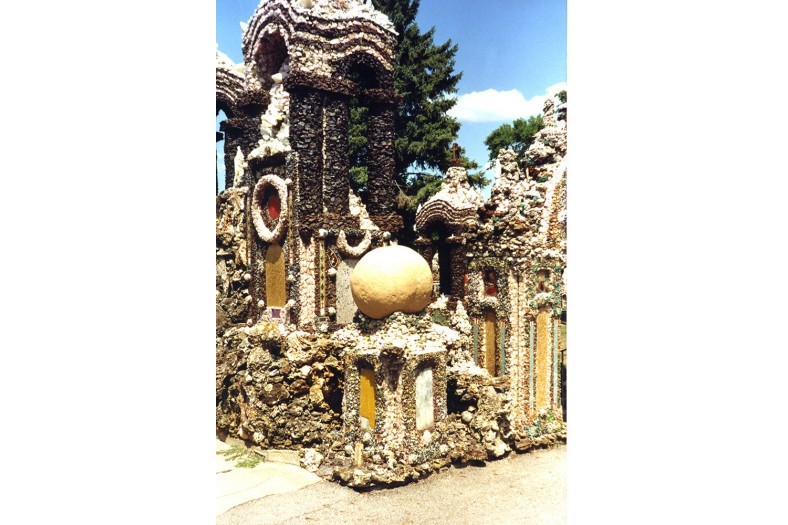
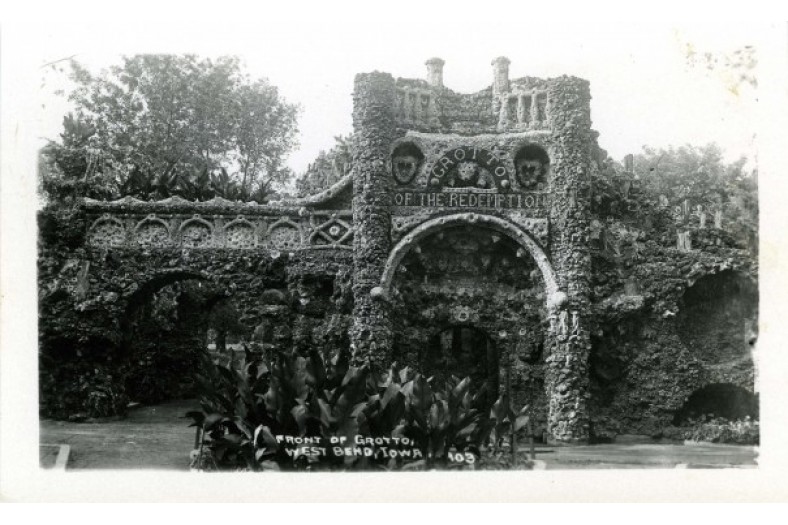
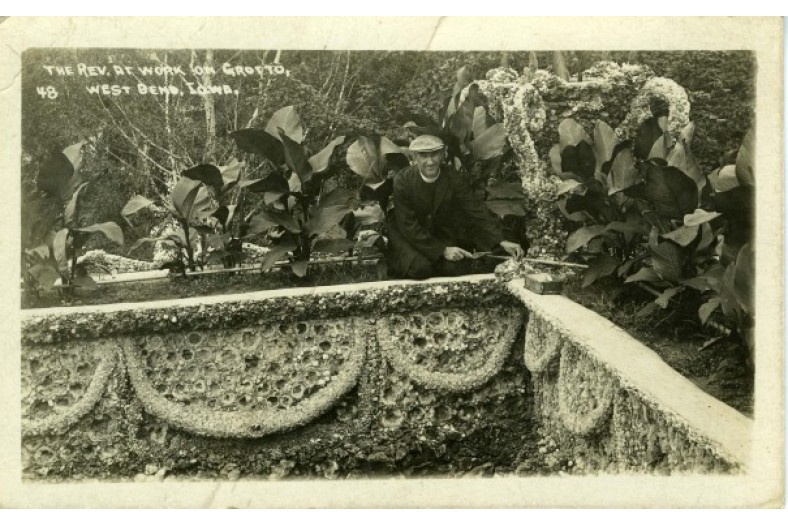
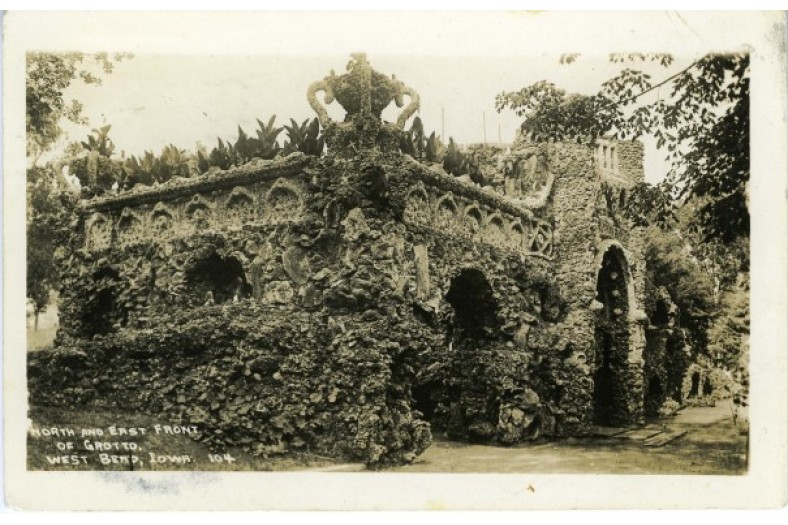
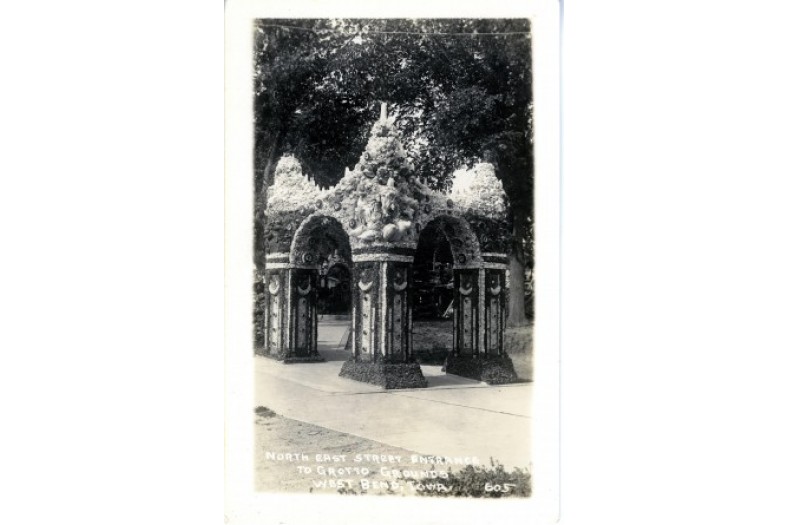
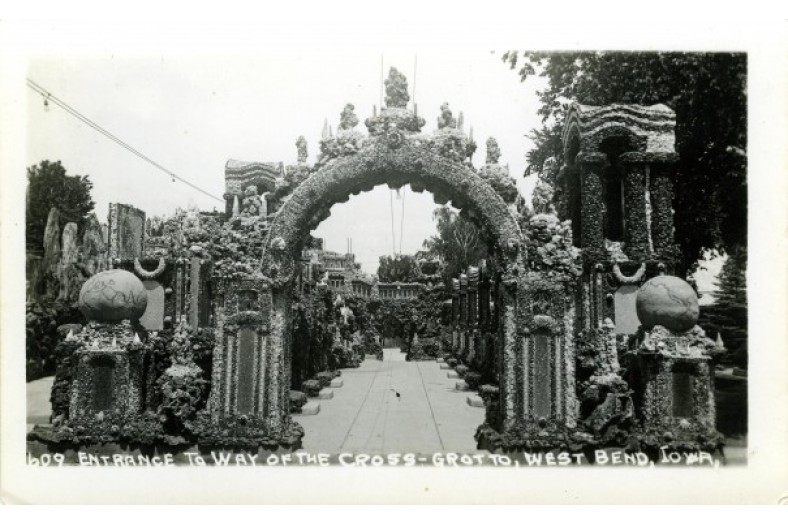
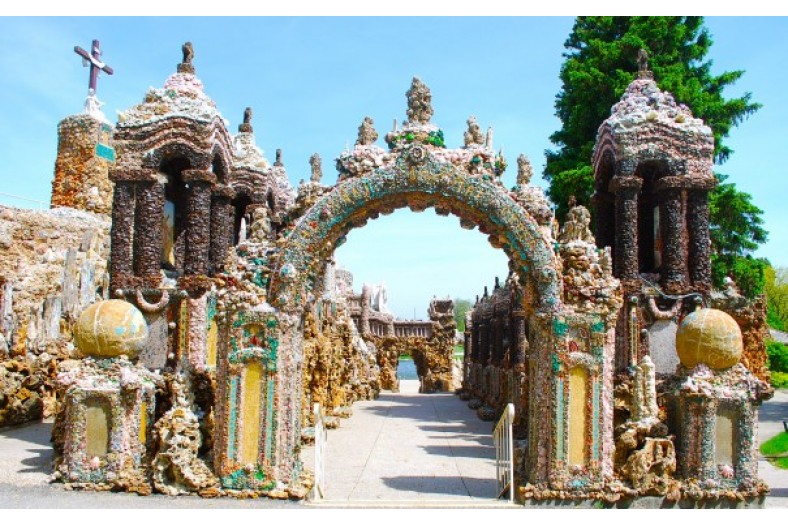
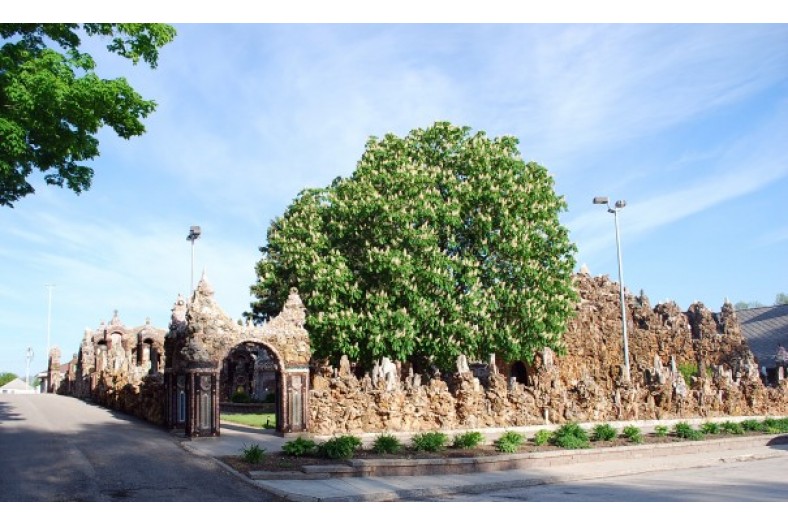
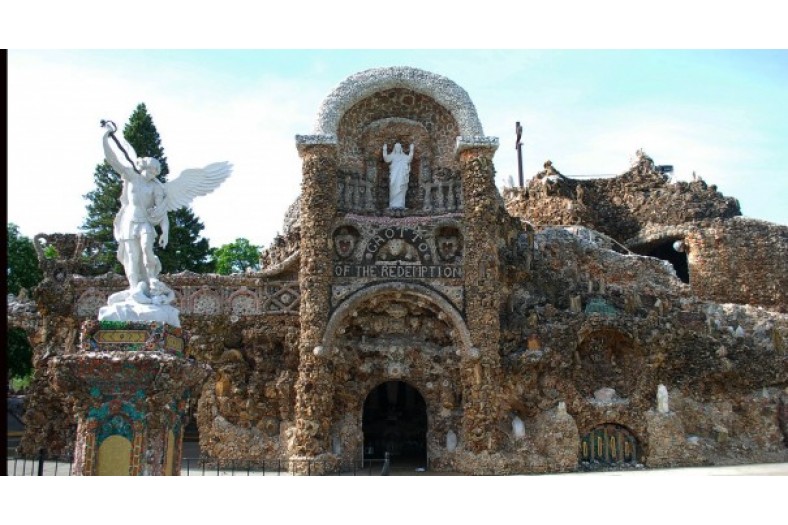

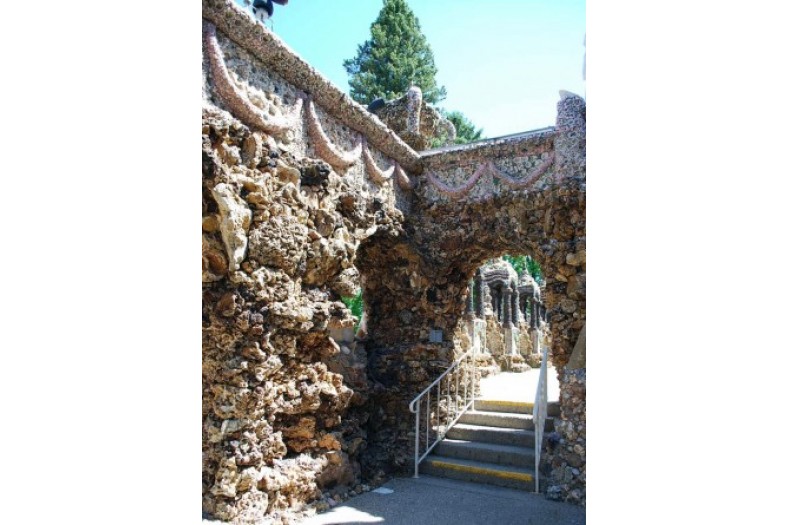
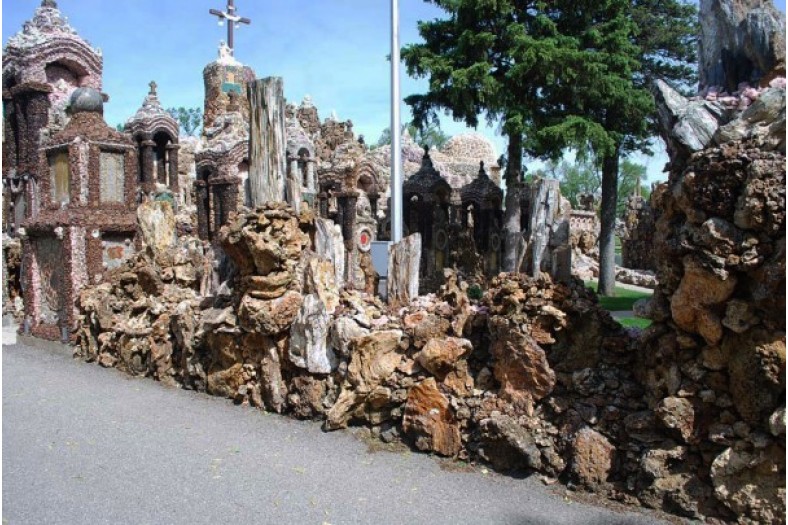
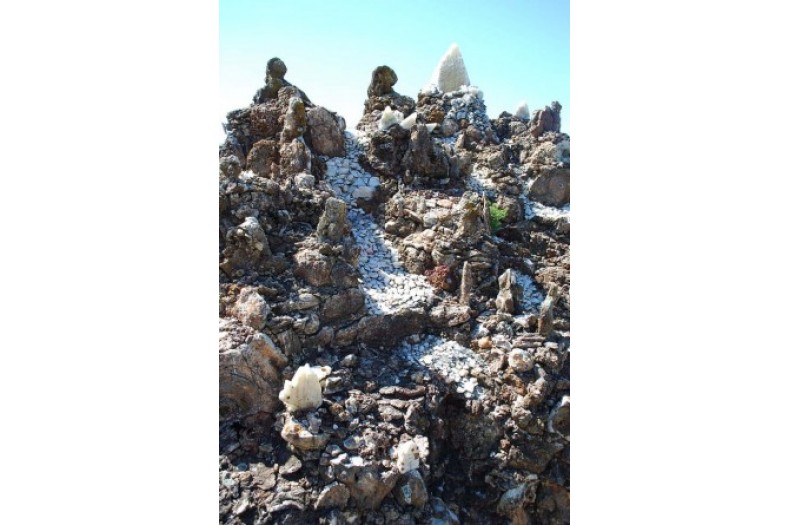
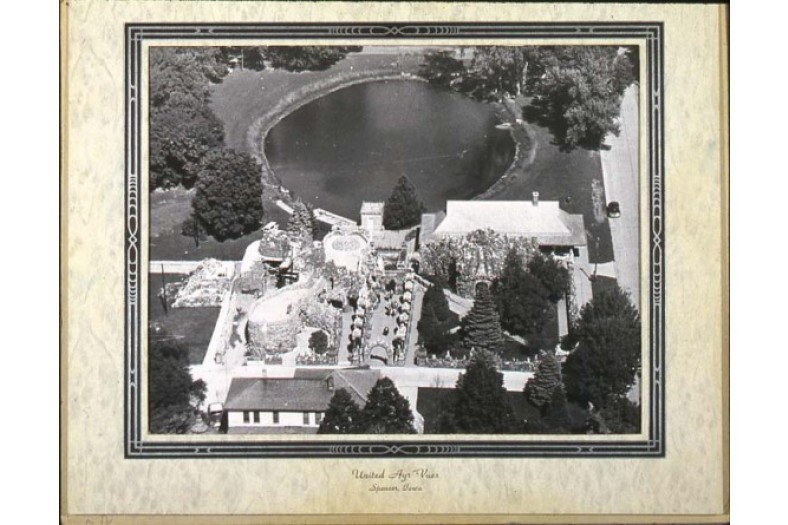
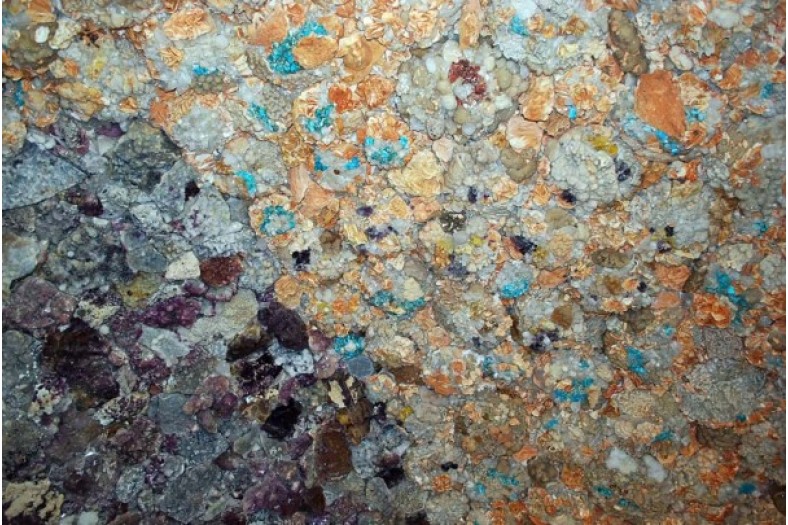
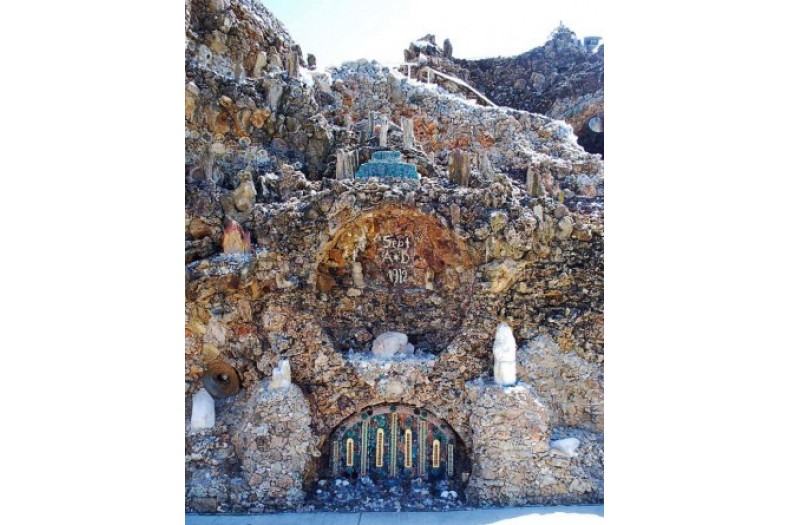
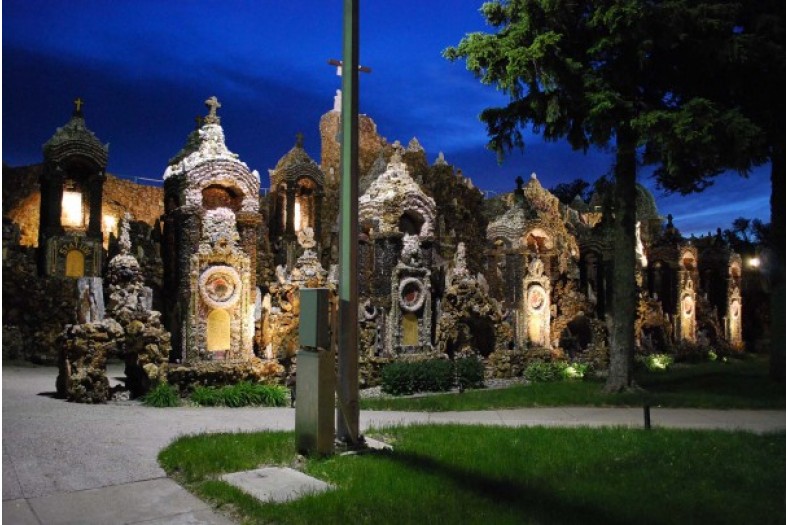
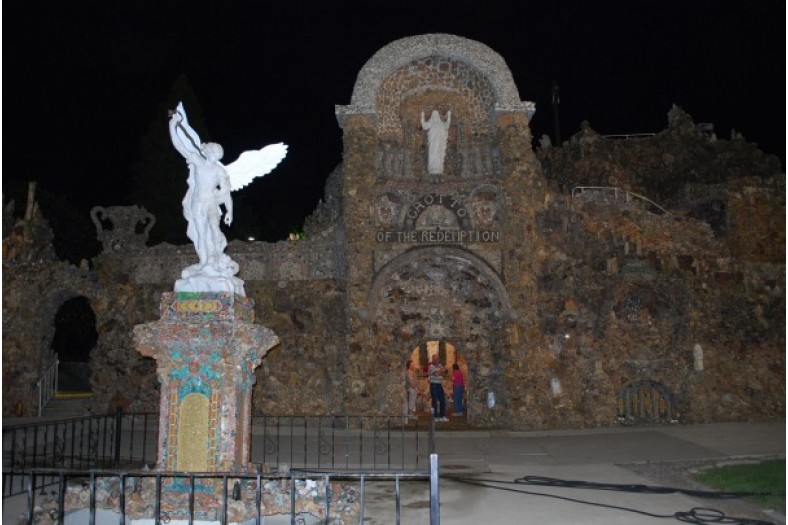
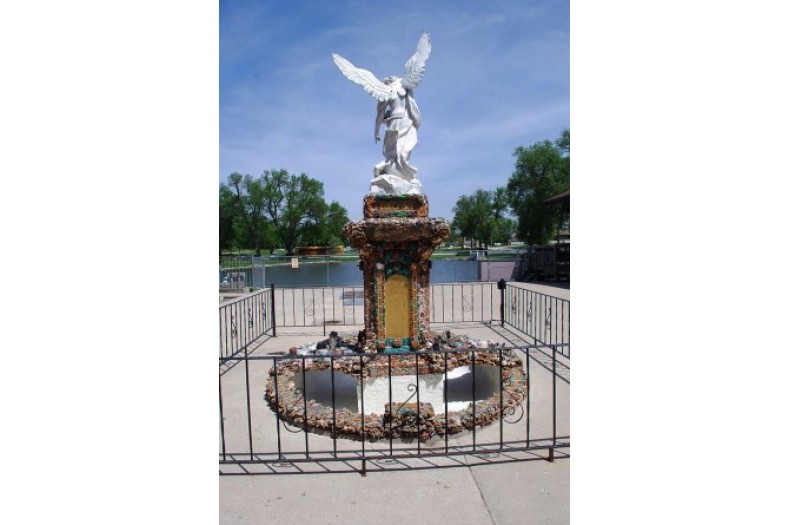
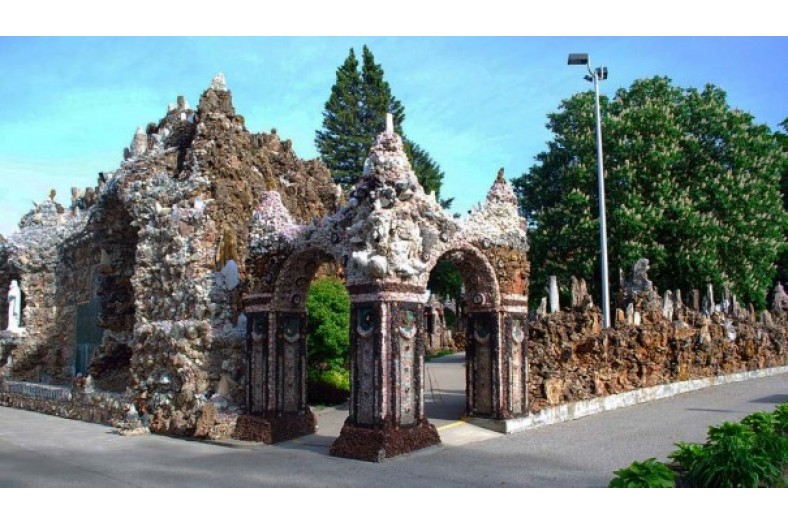
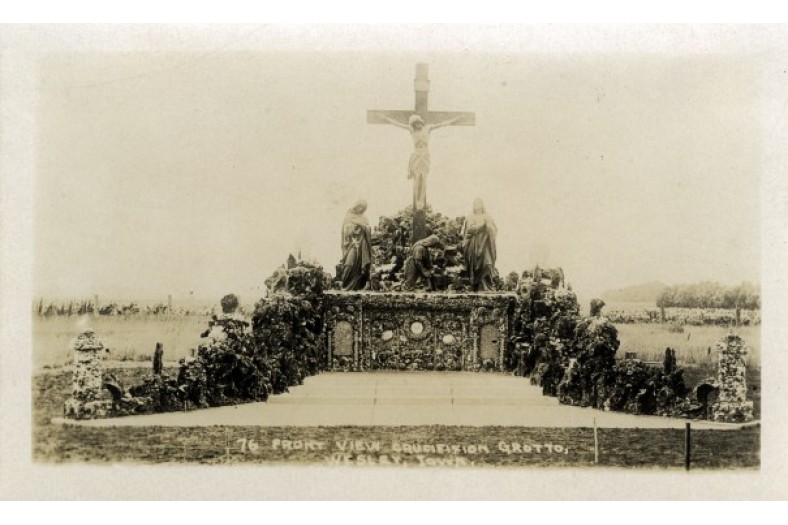
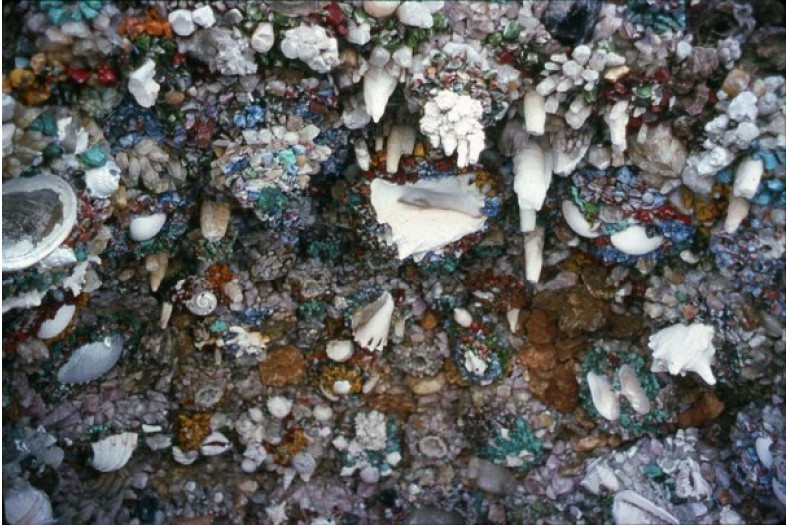
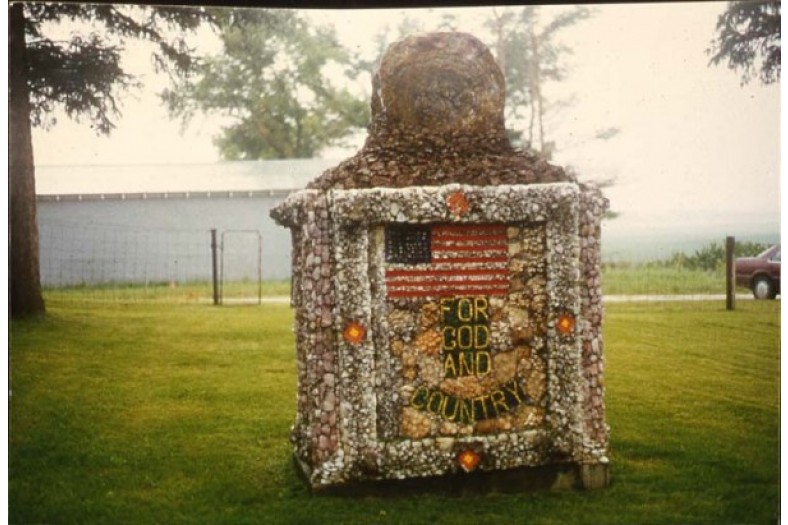
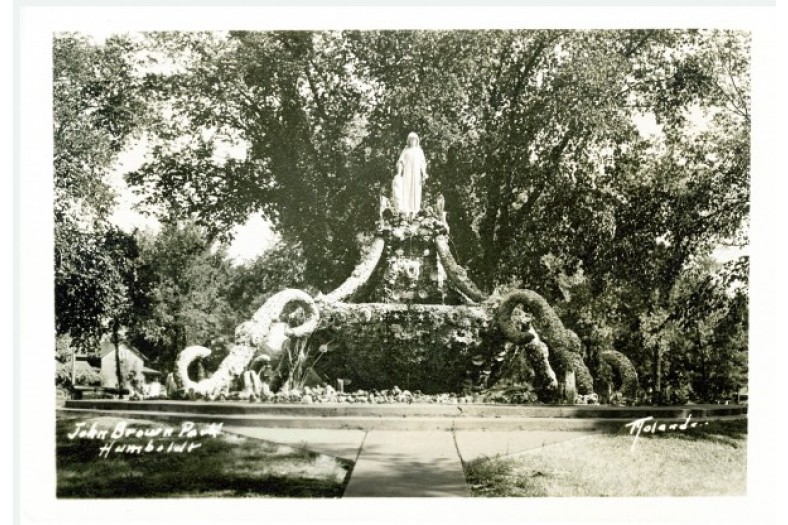
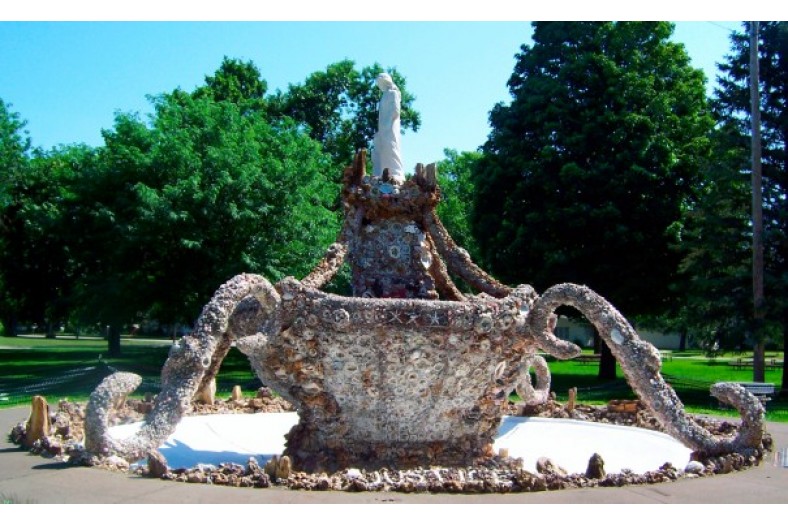
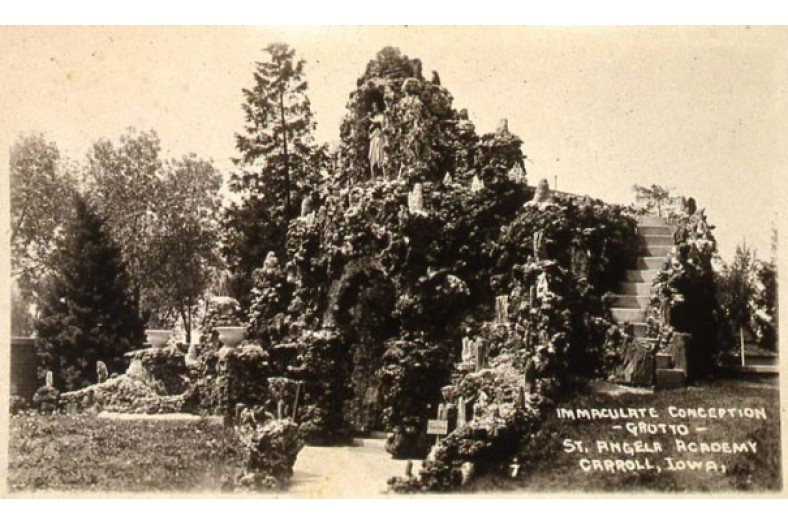
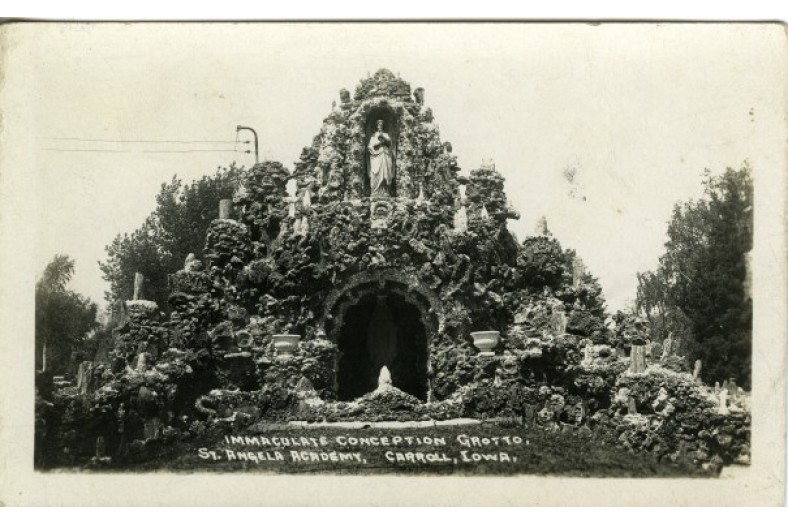
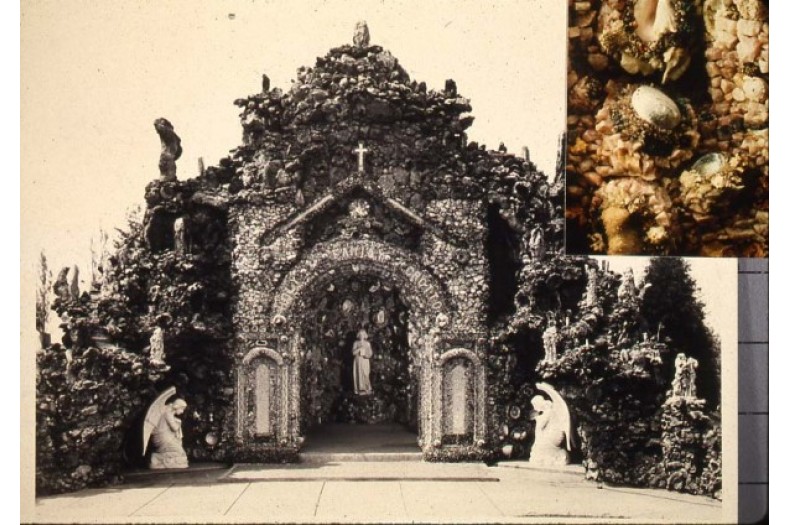
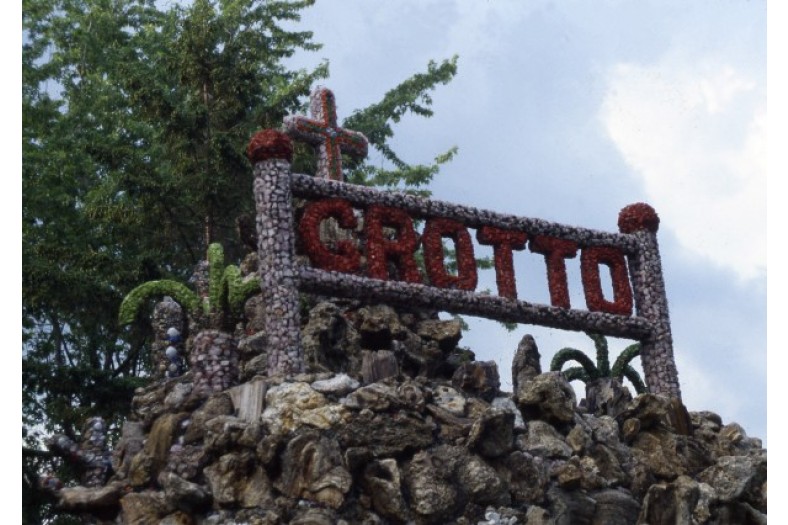
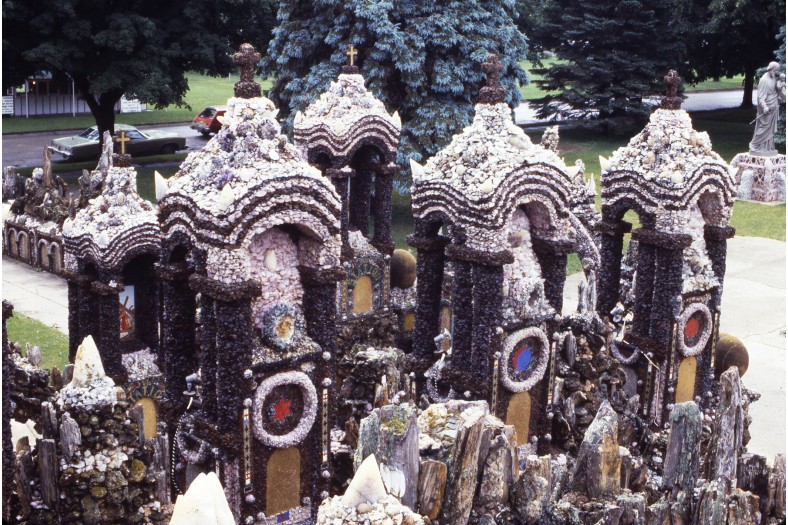
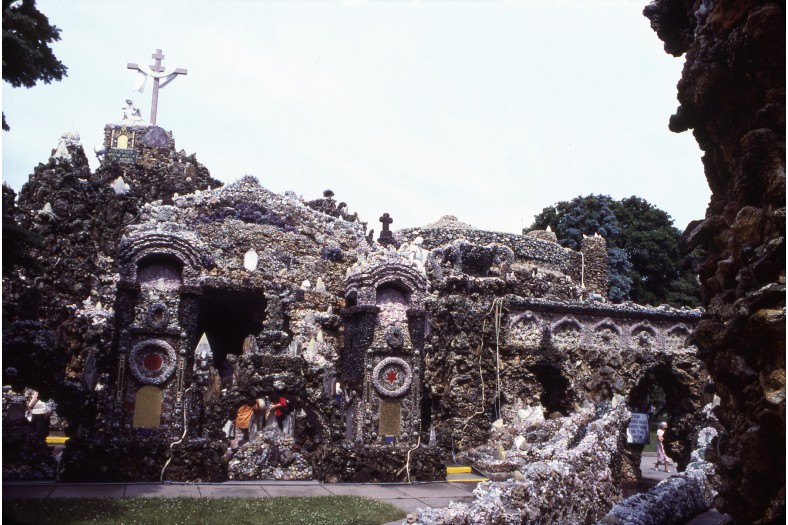
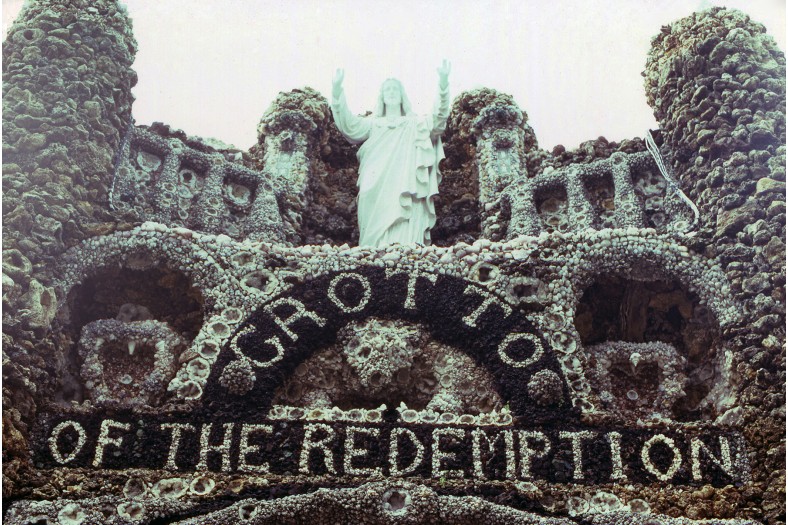
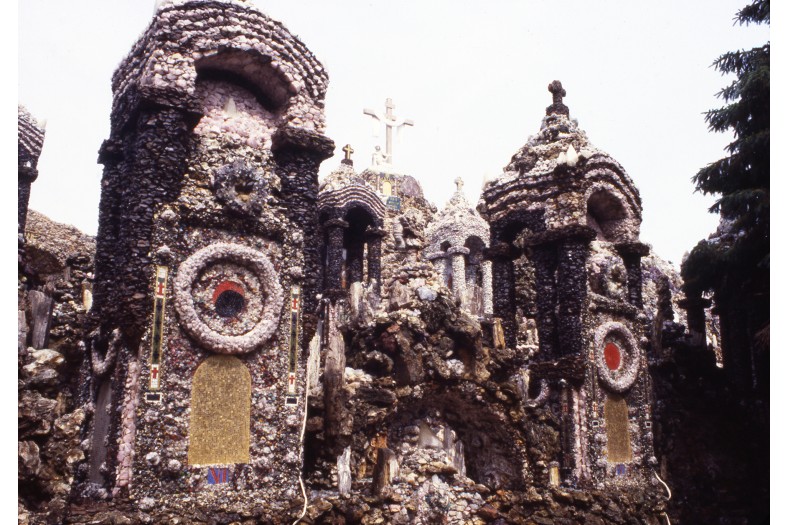
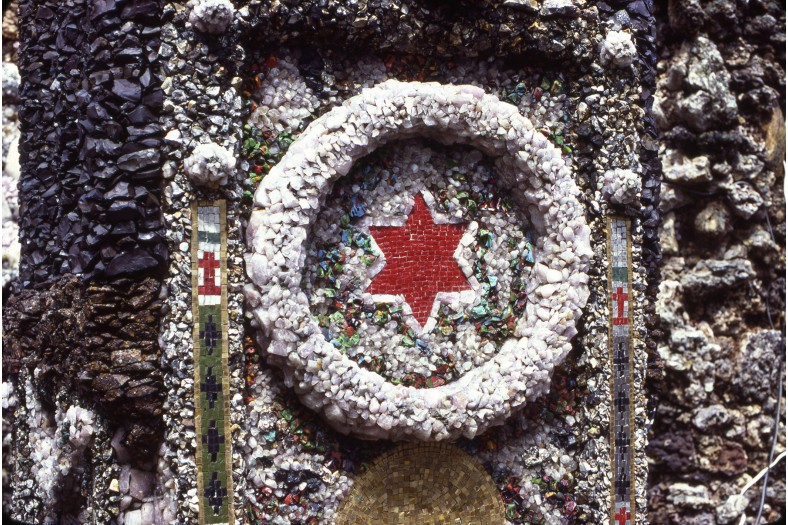
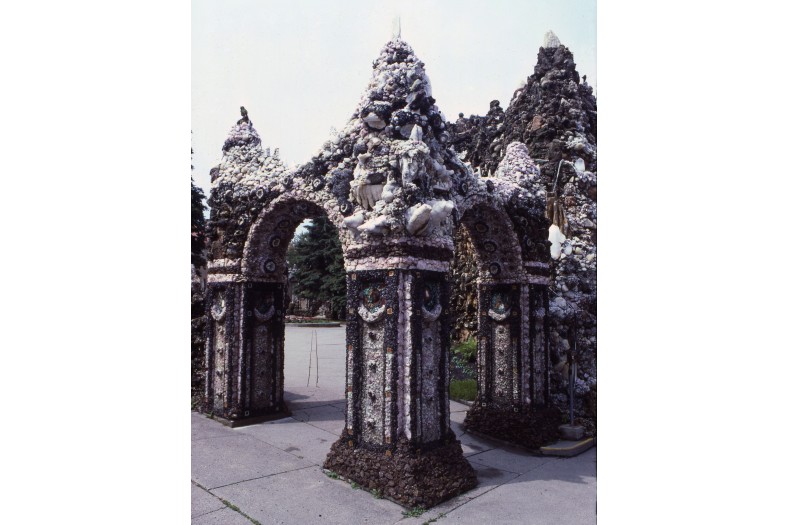
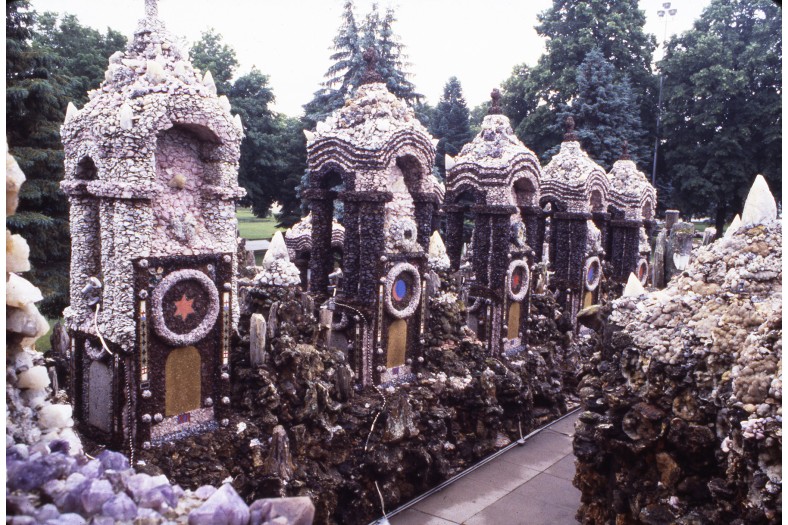
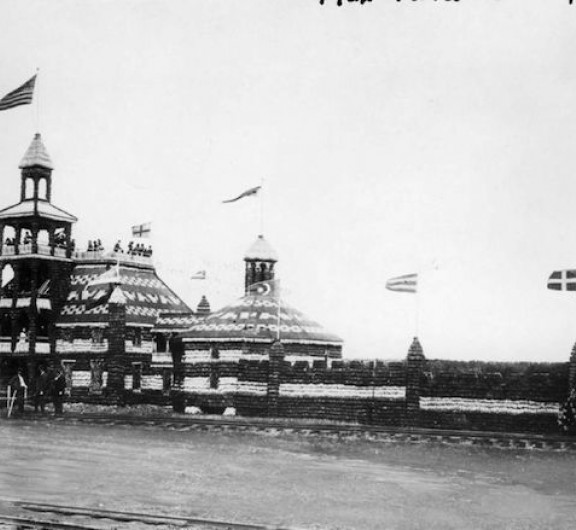
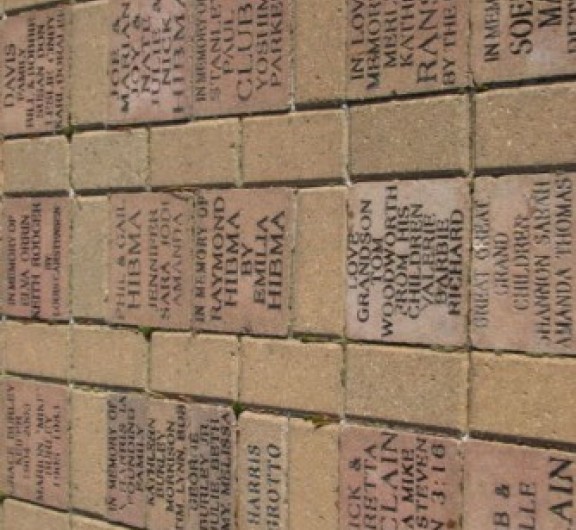
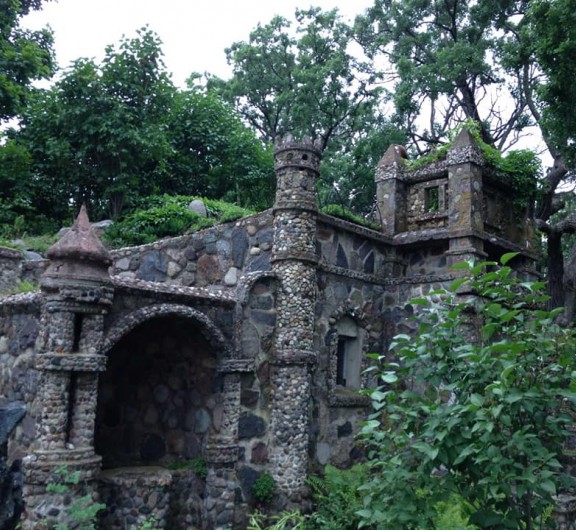

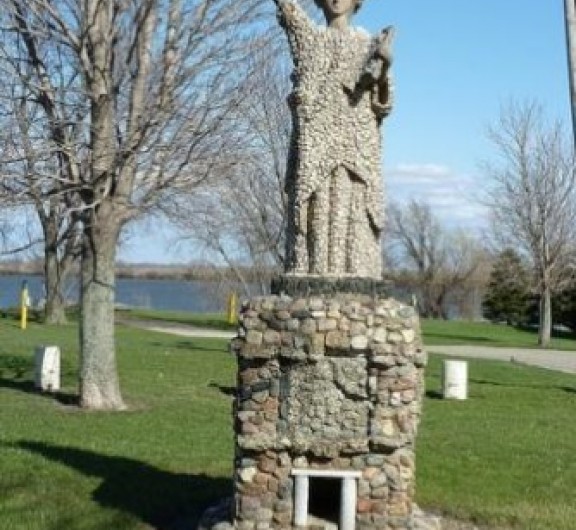
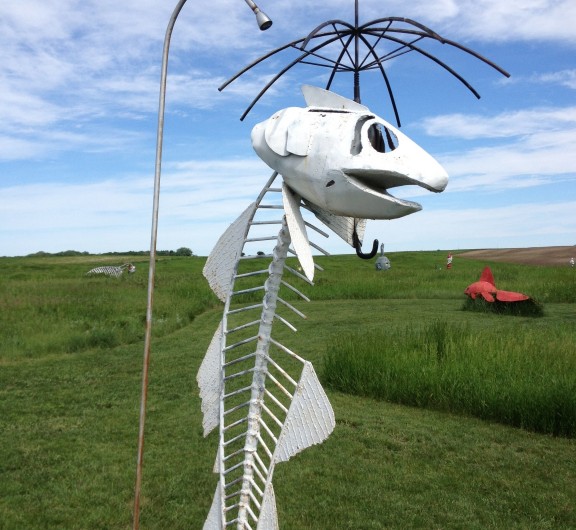

Post your comment
Comments
No one has commented on this page yet.